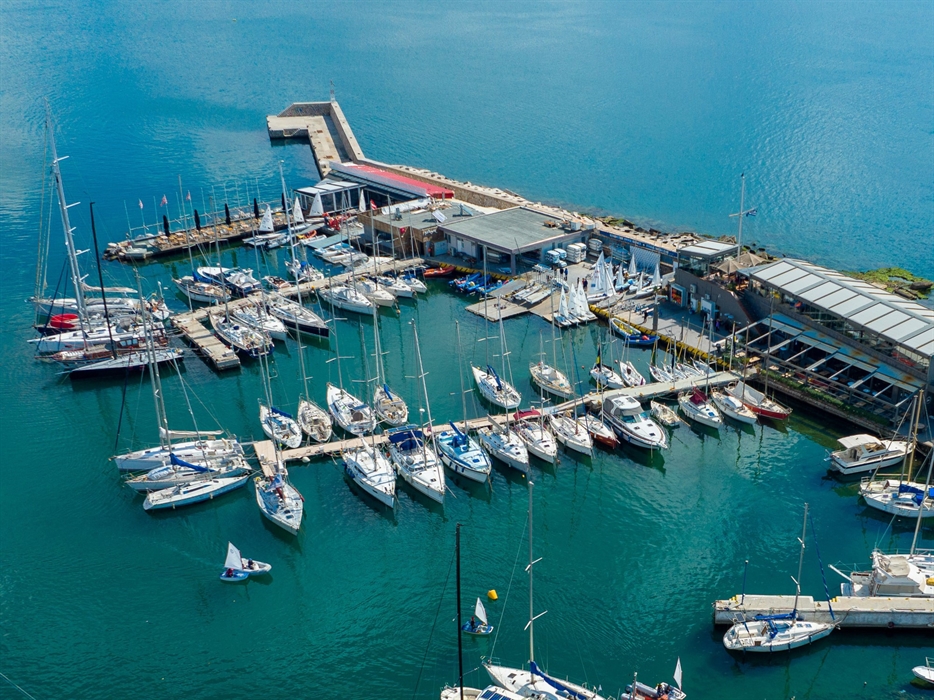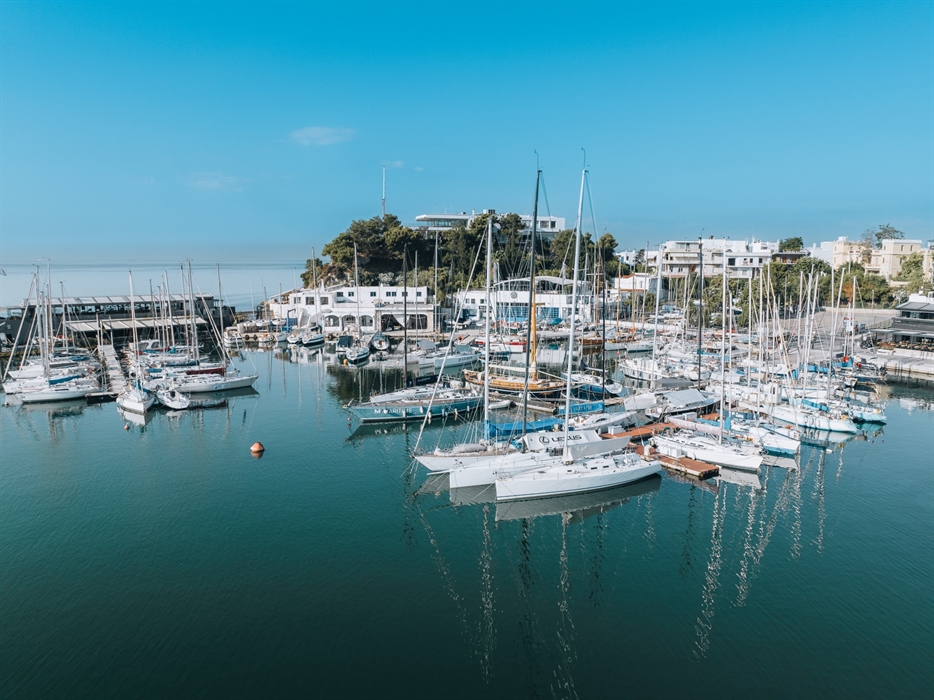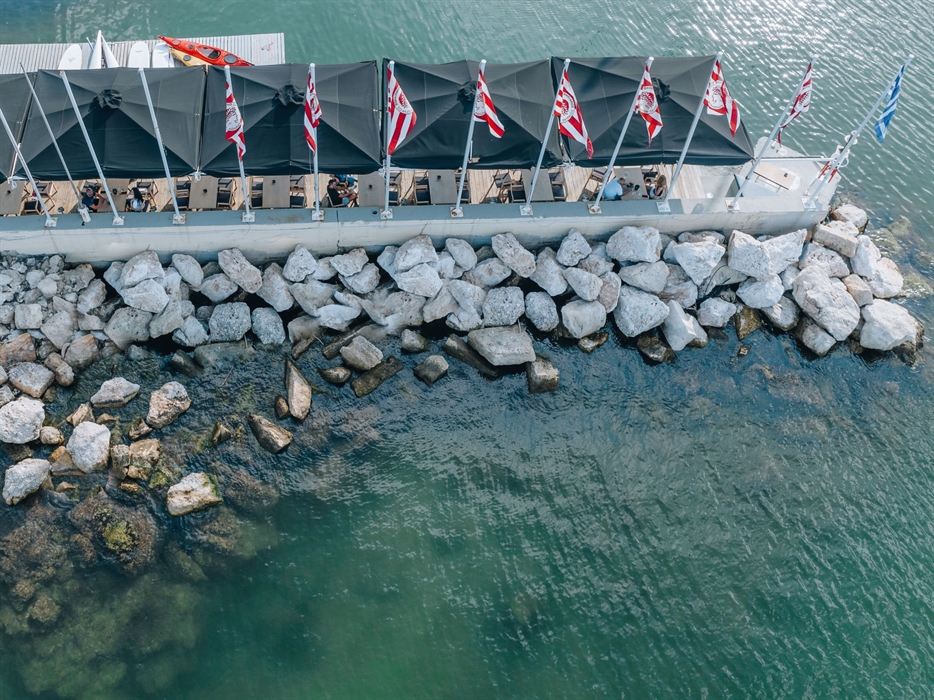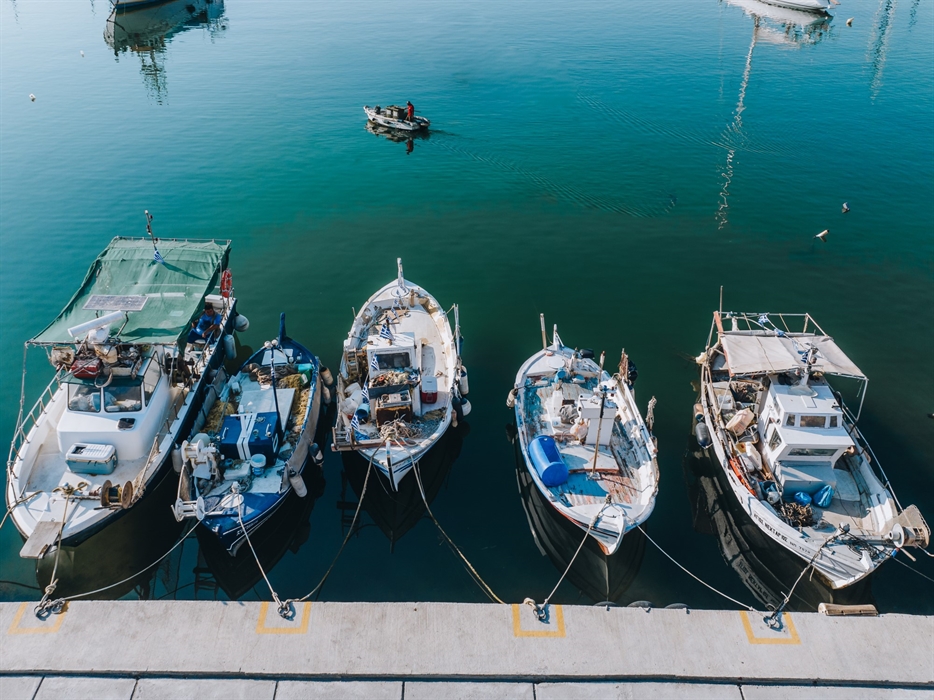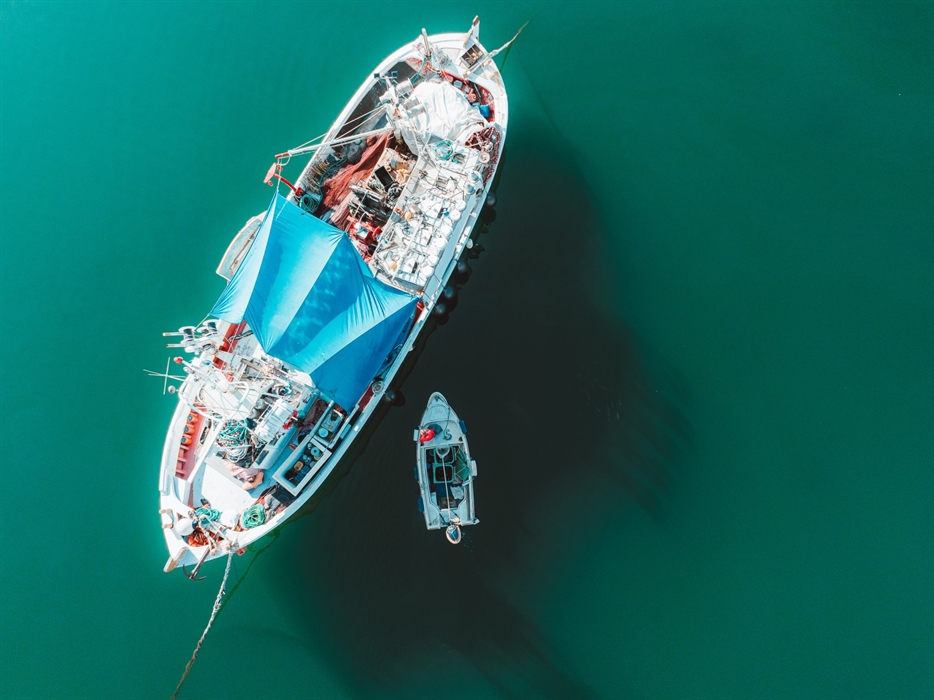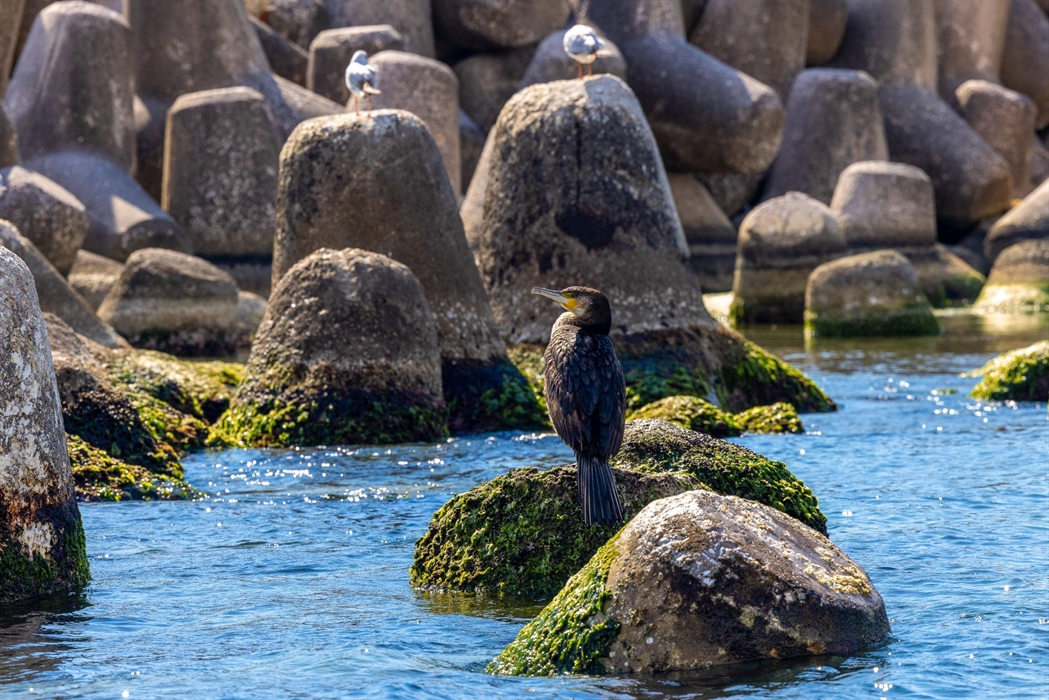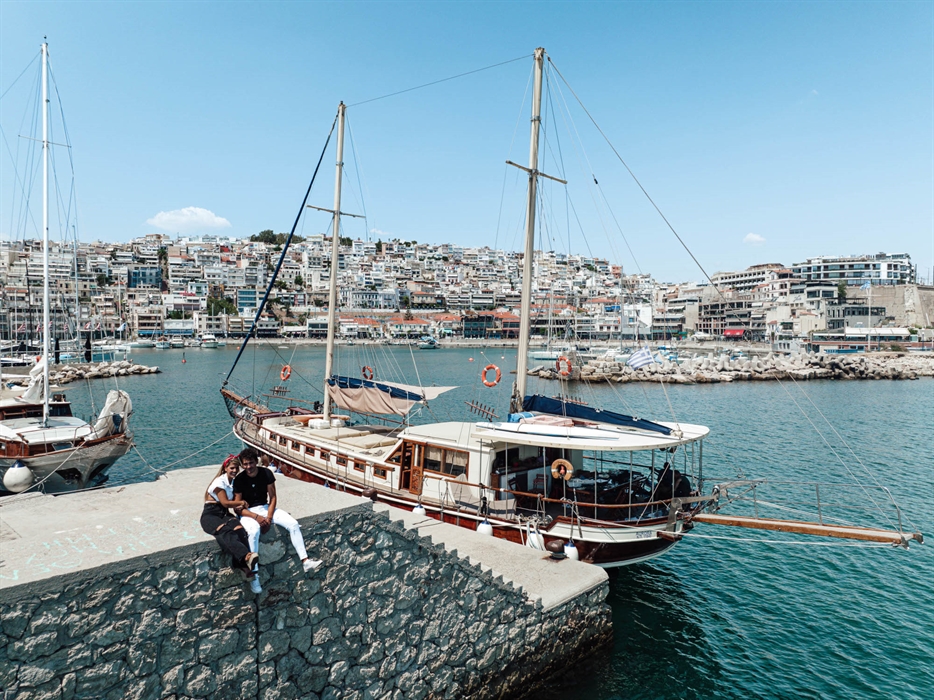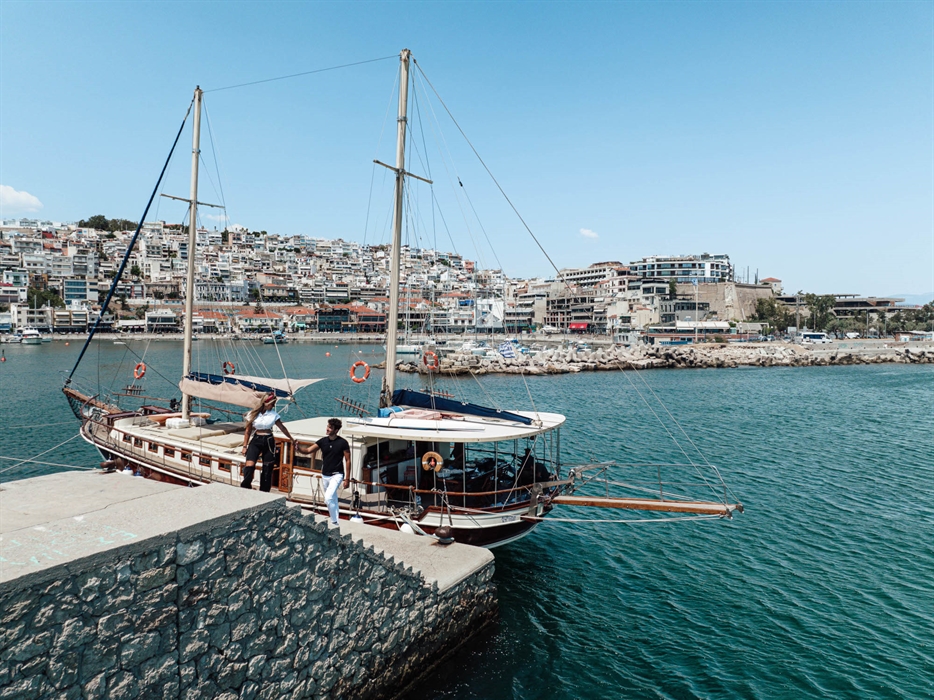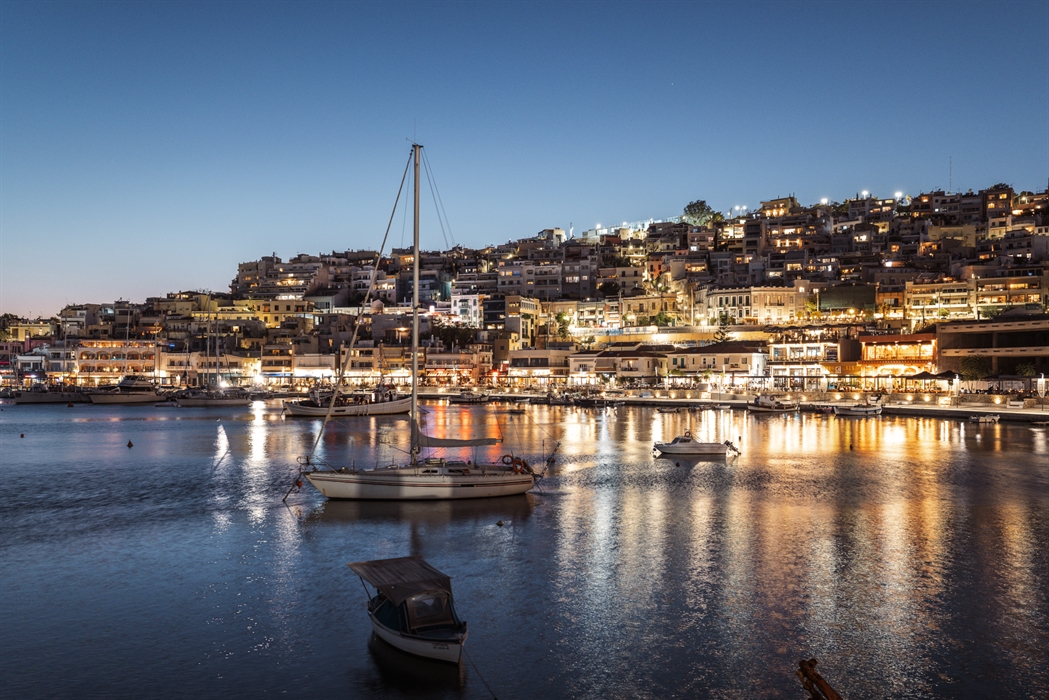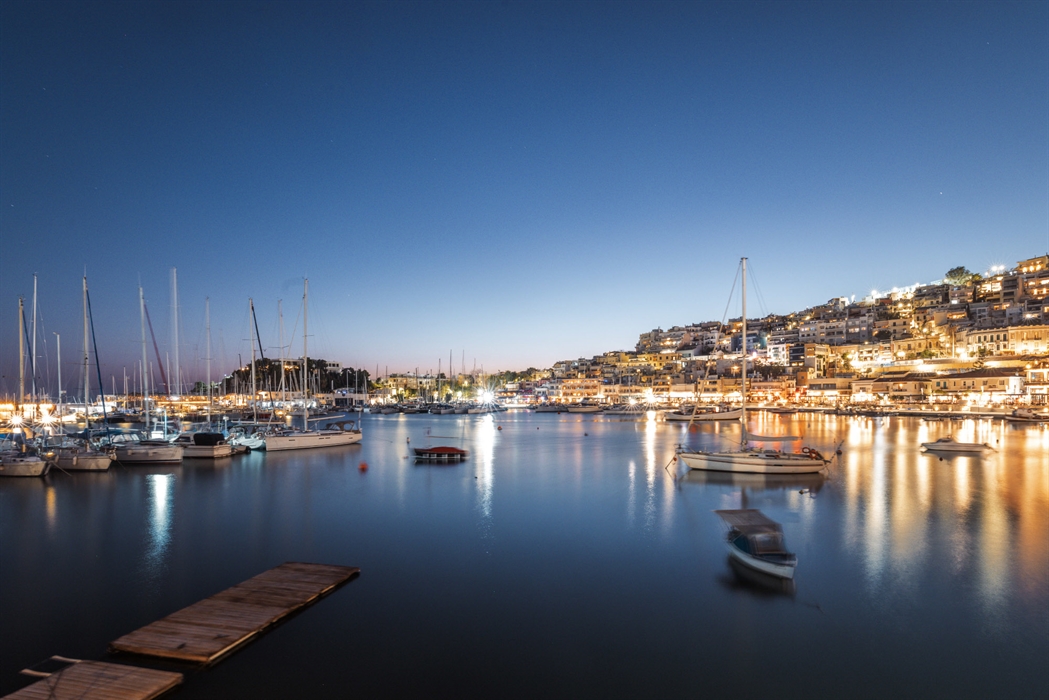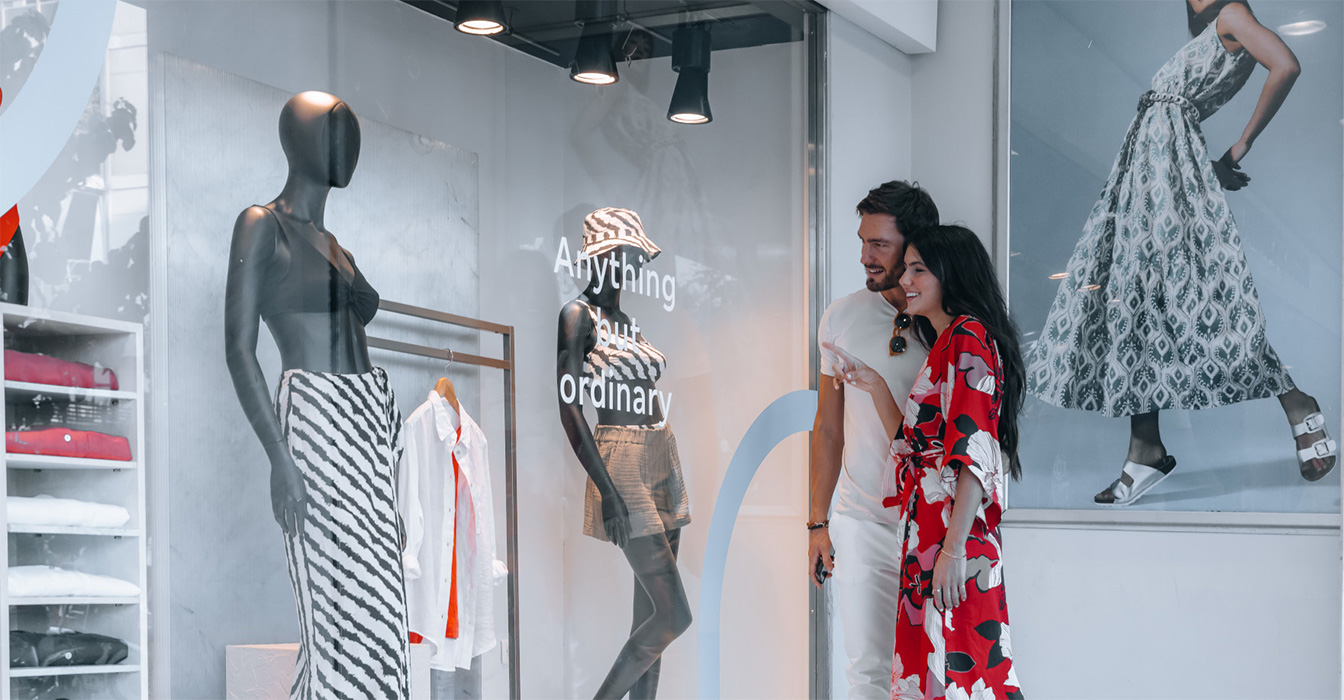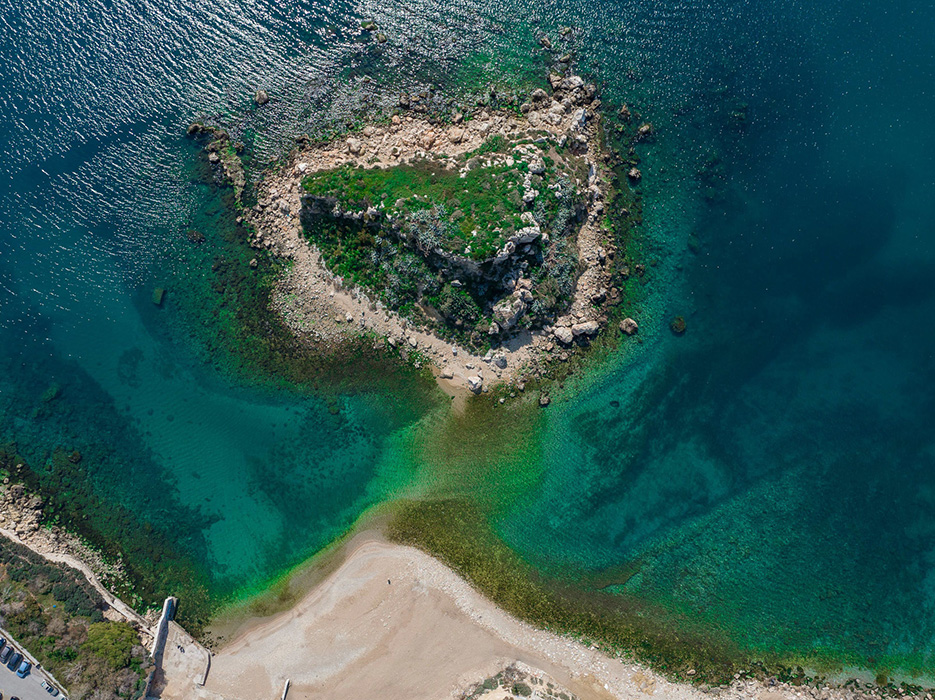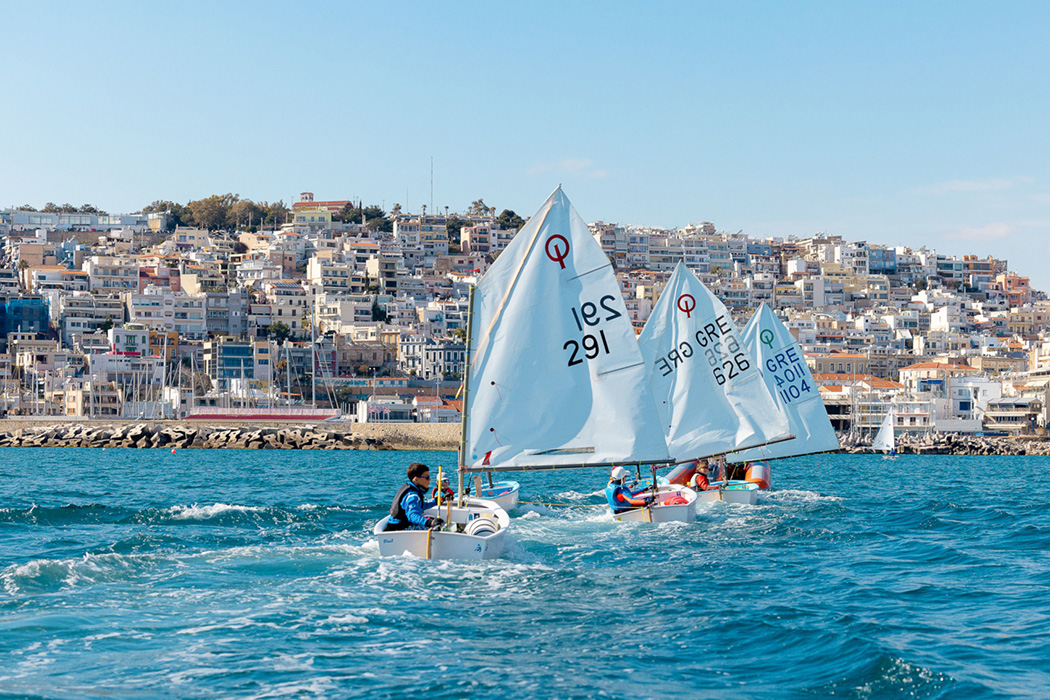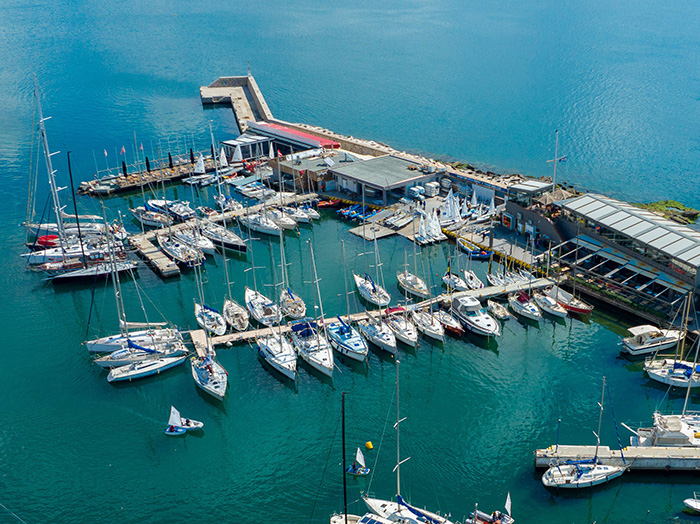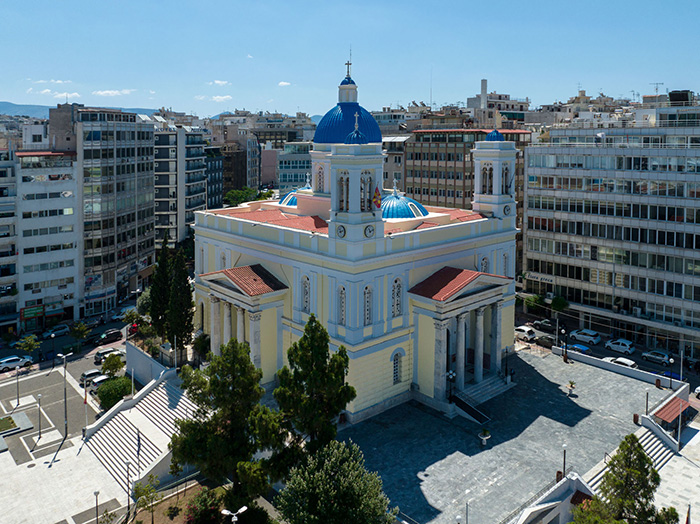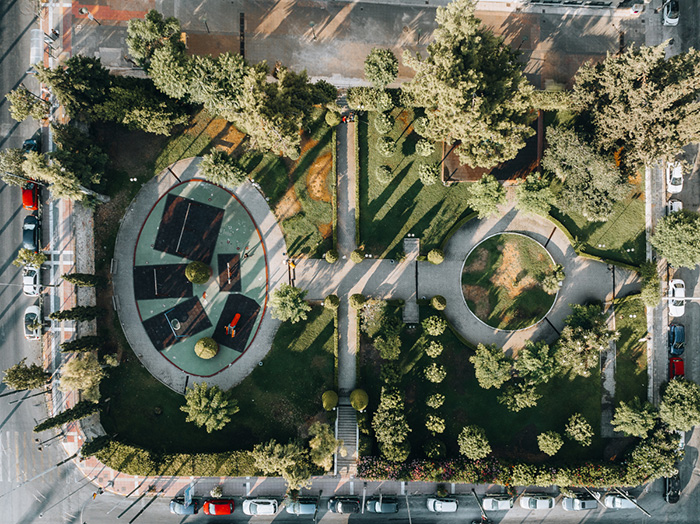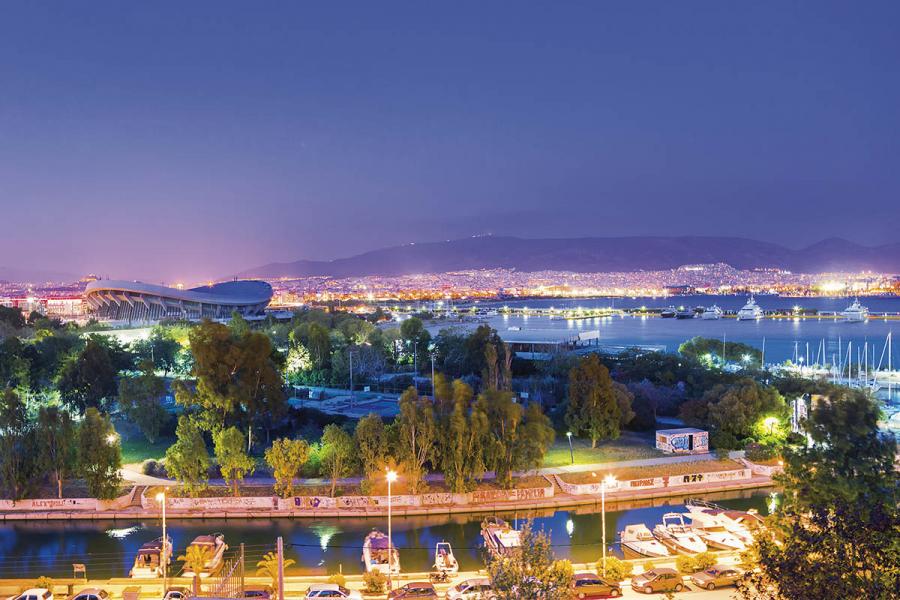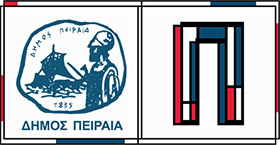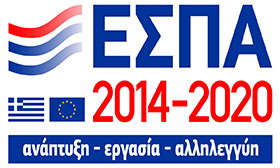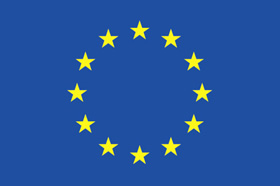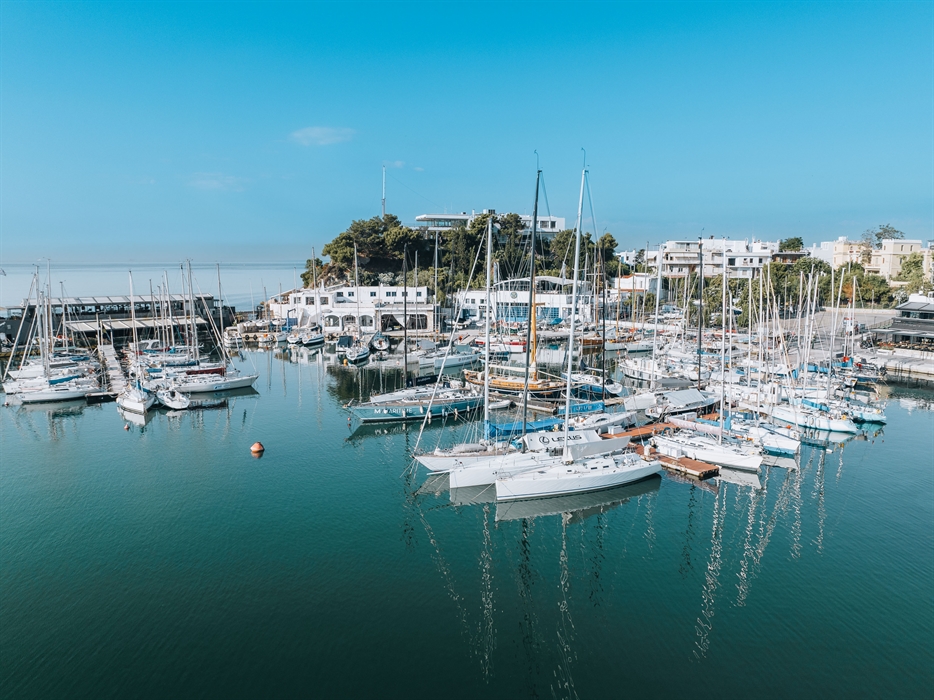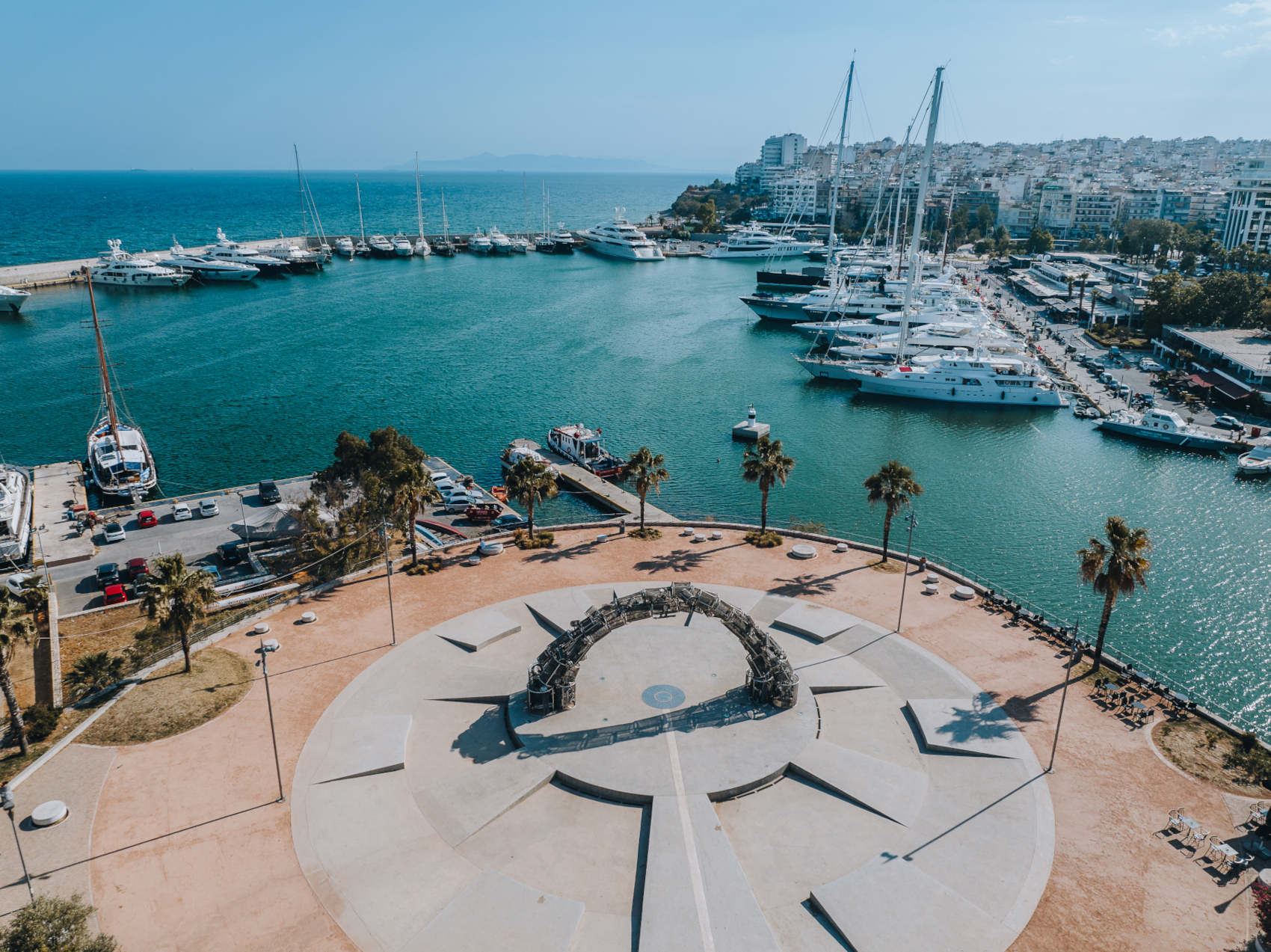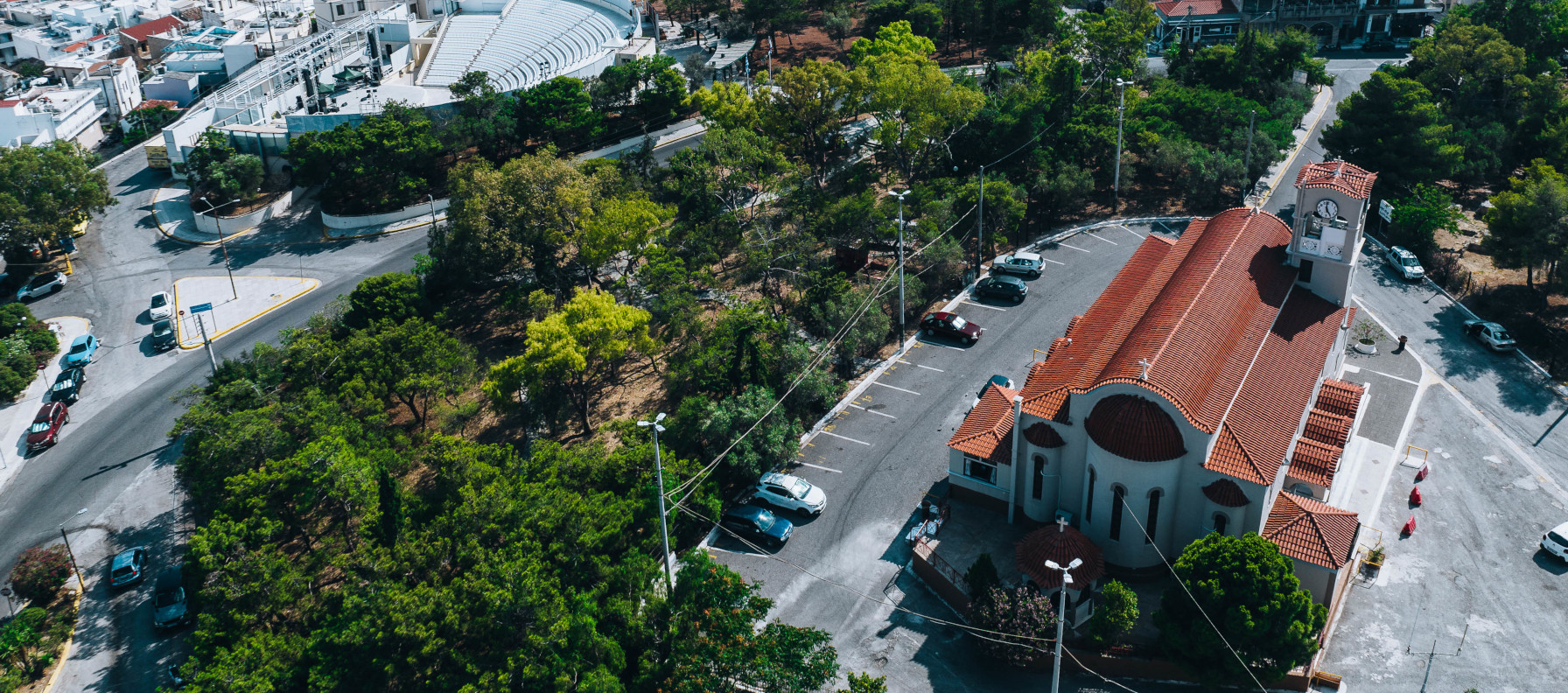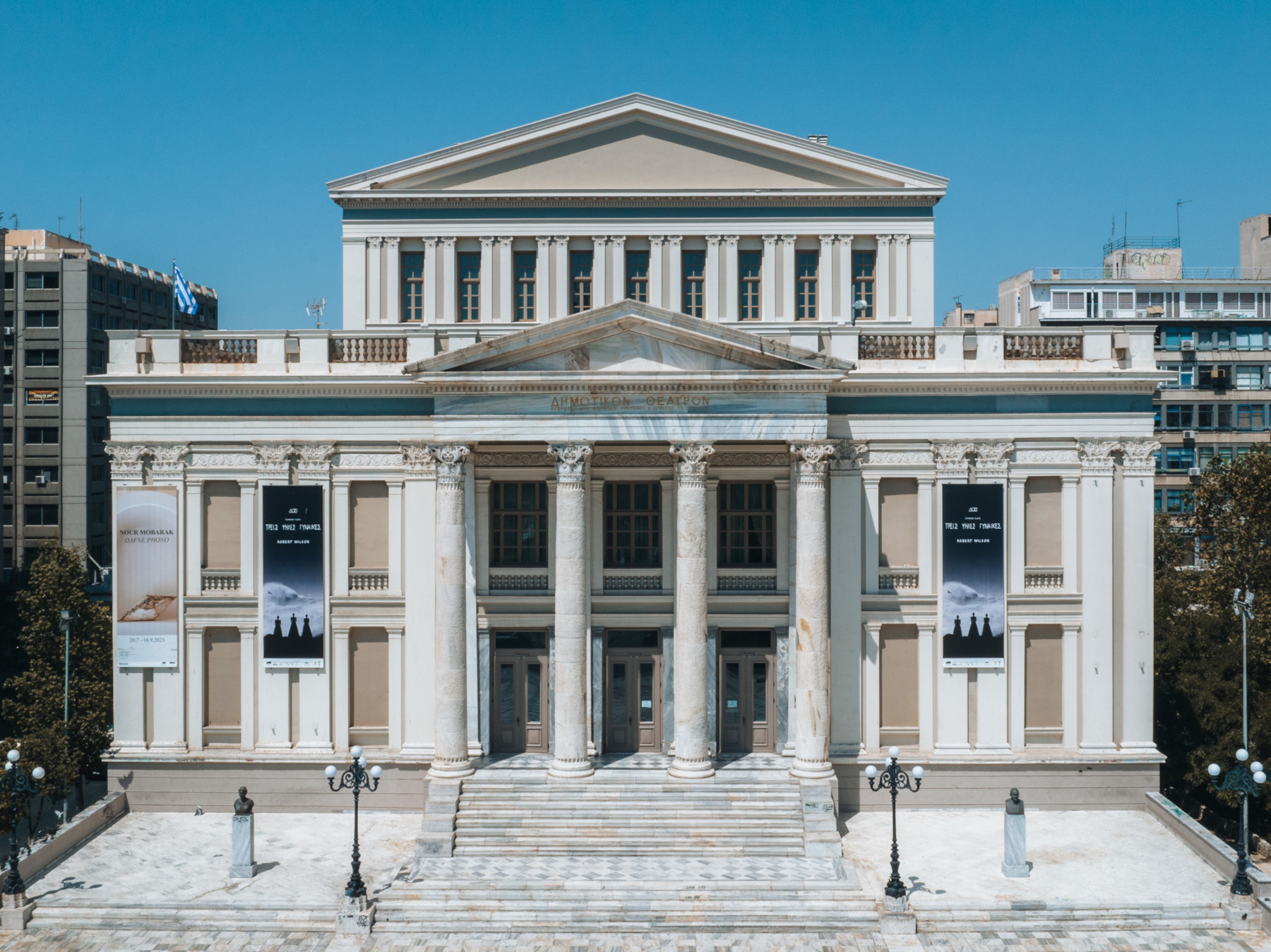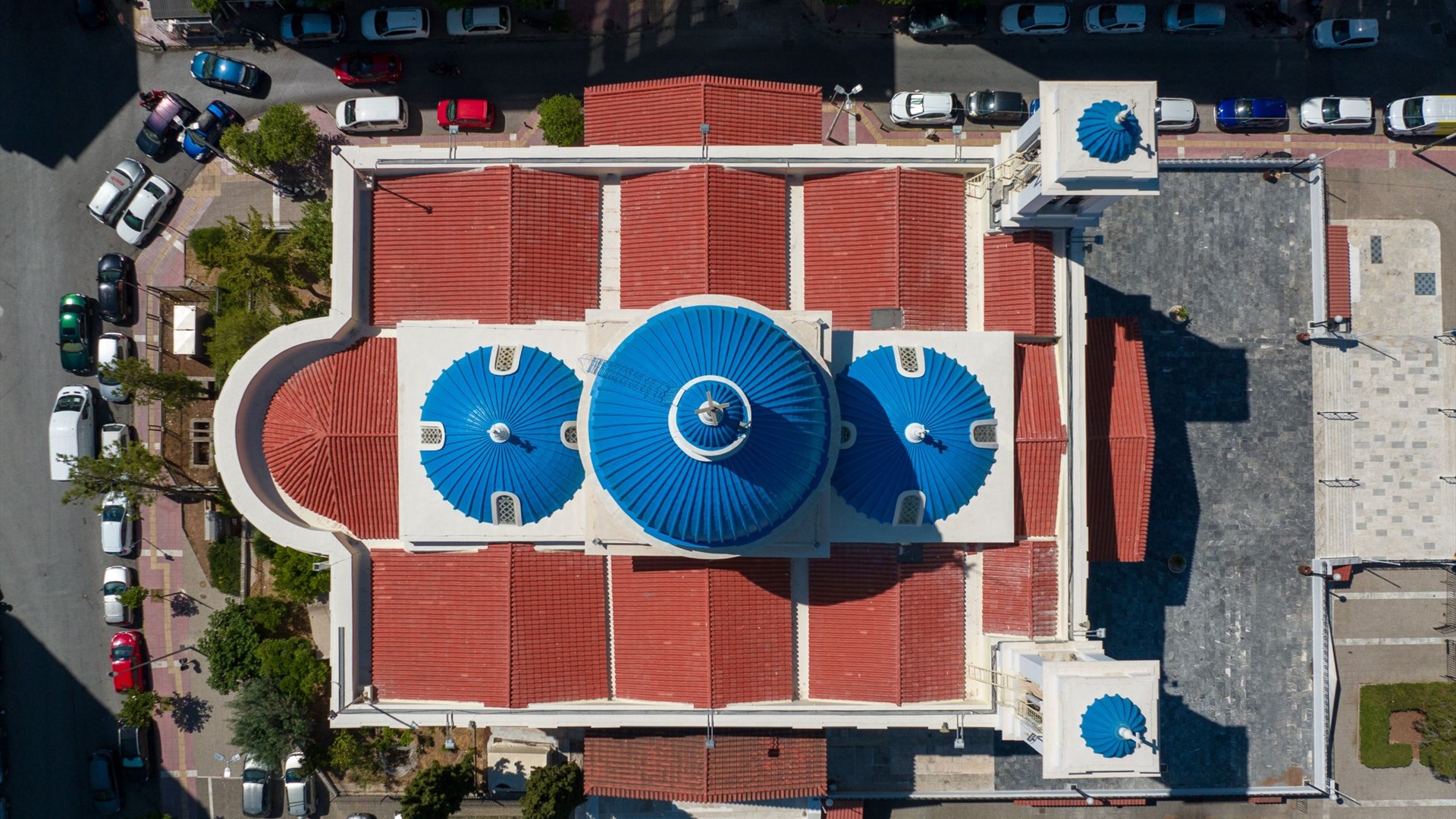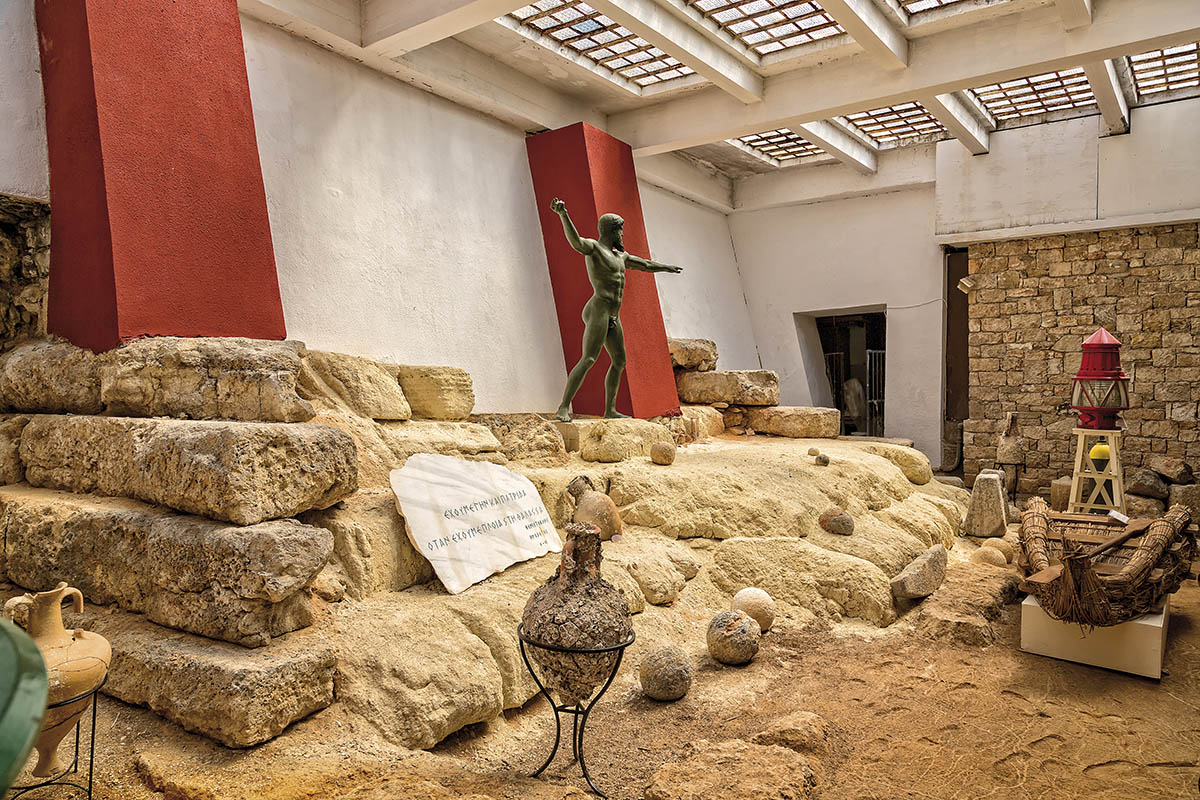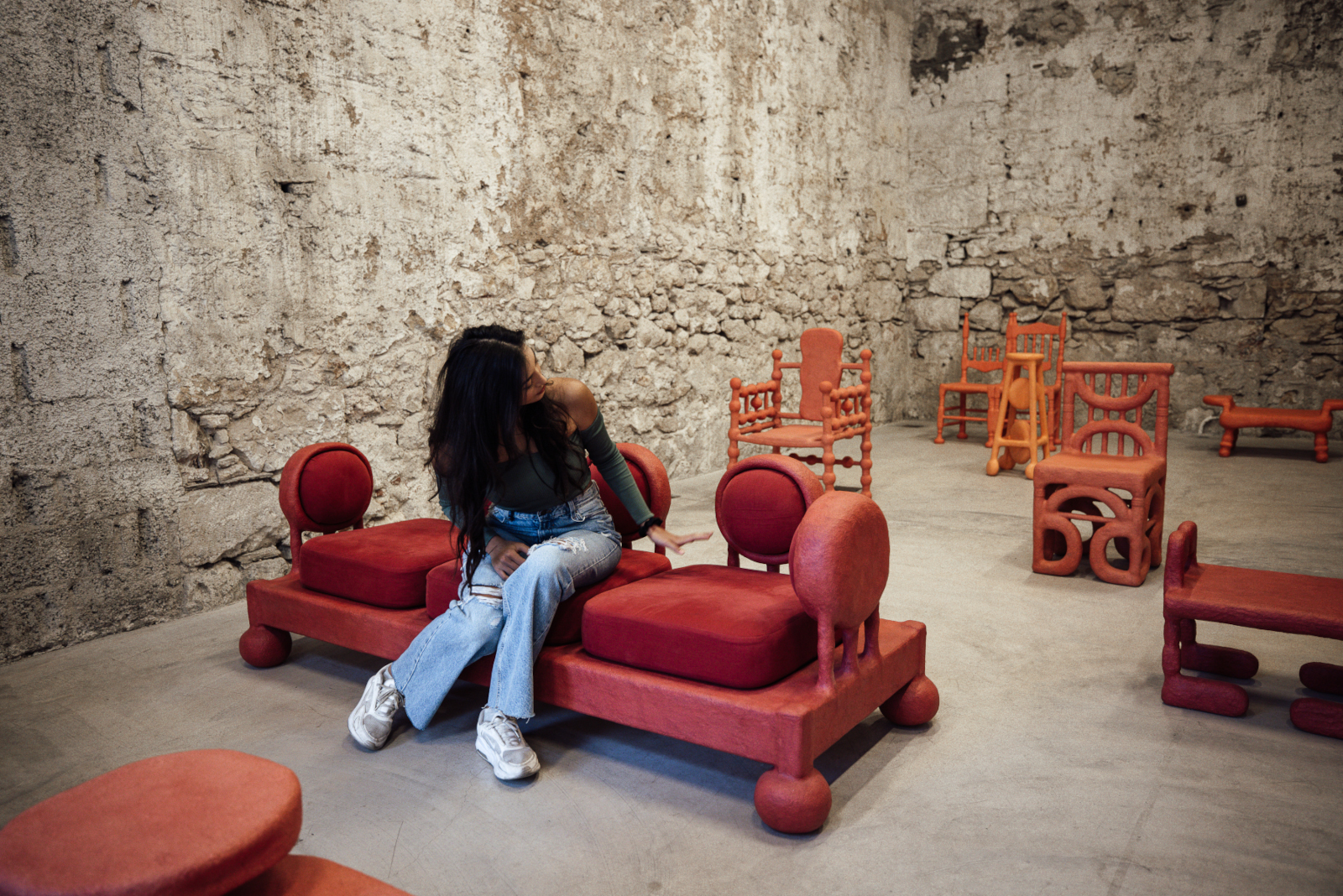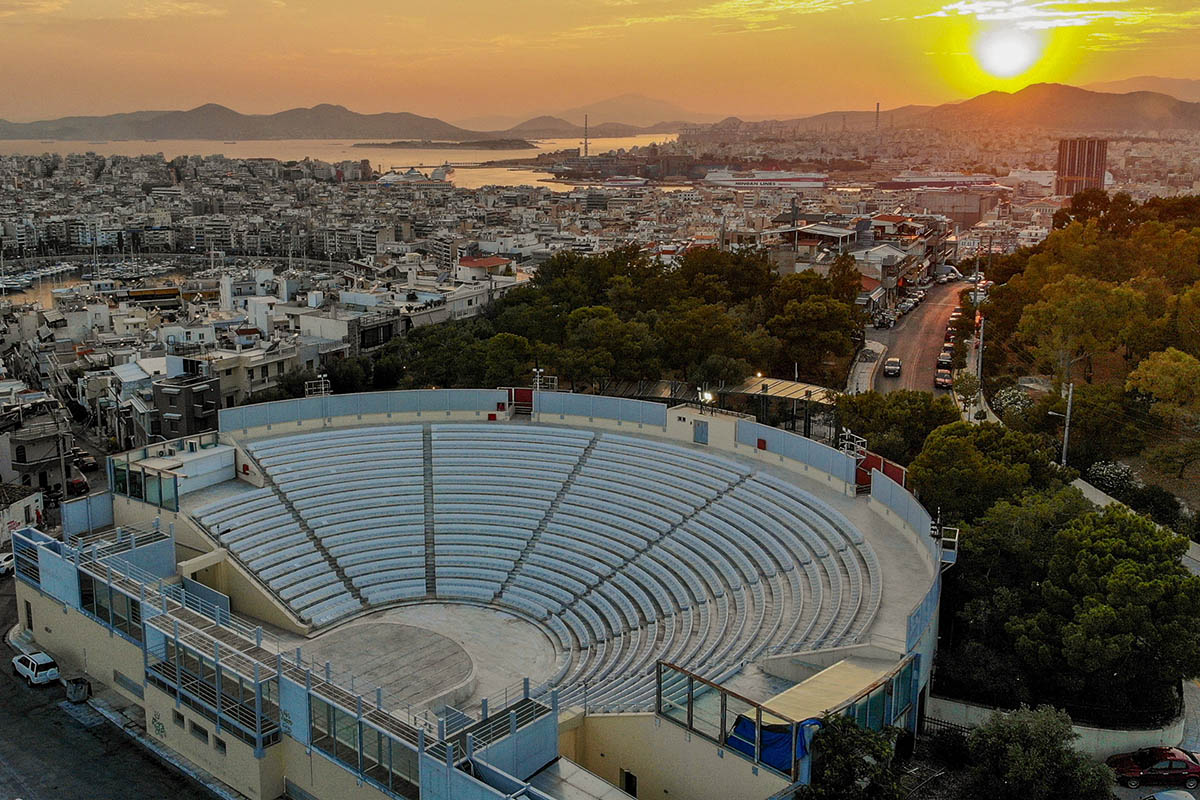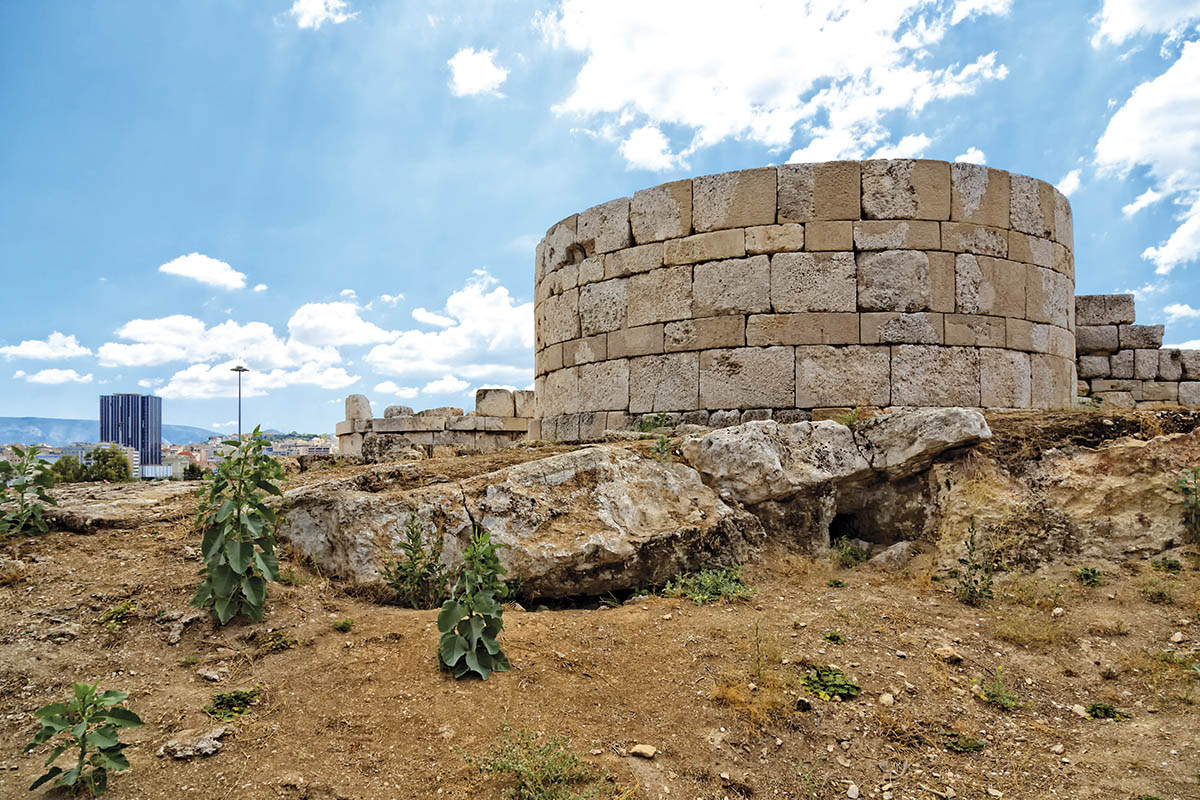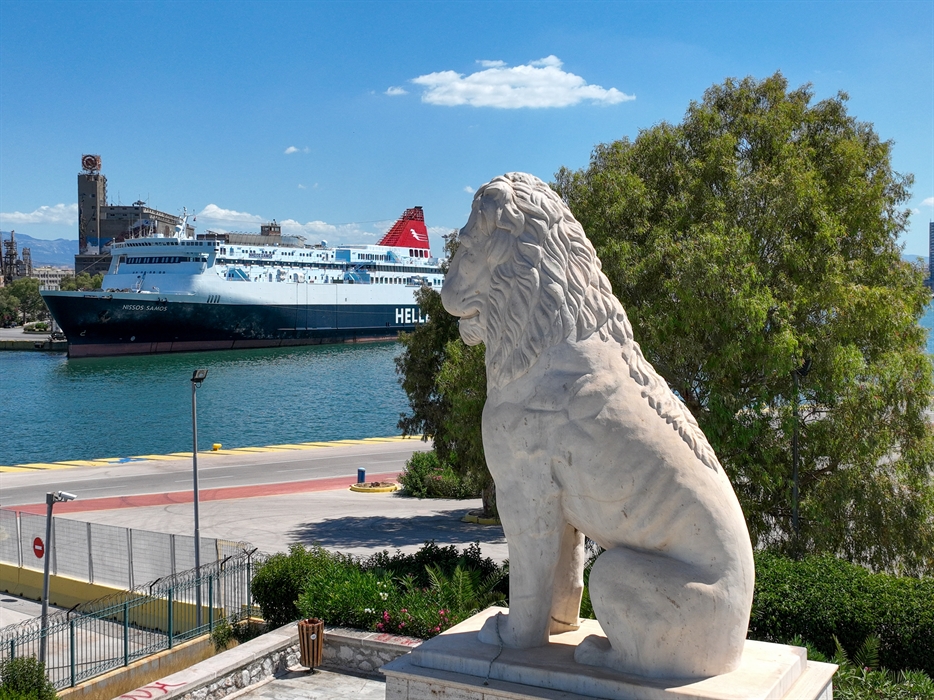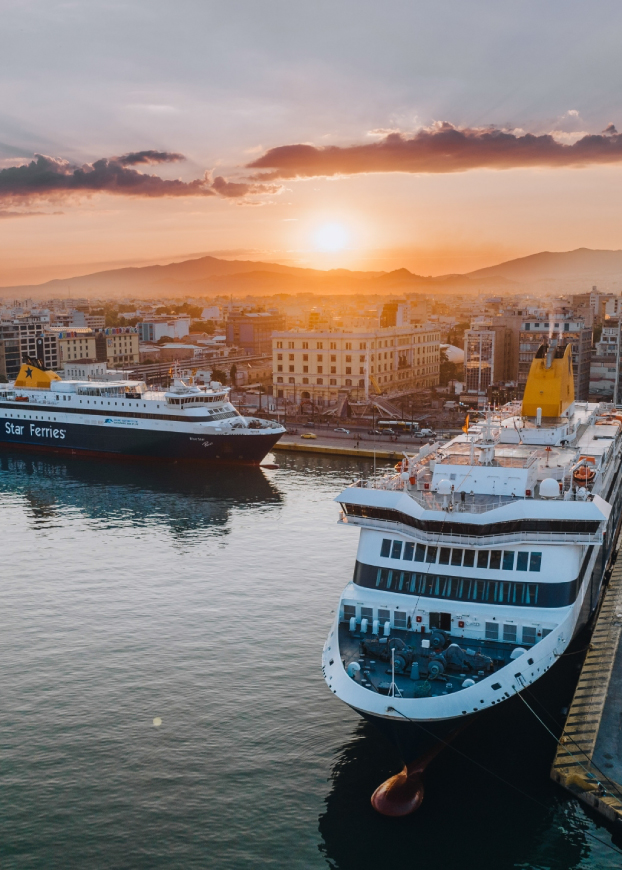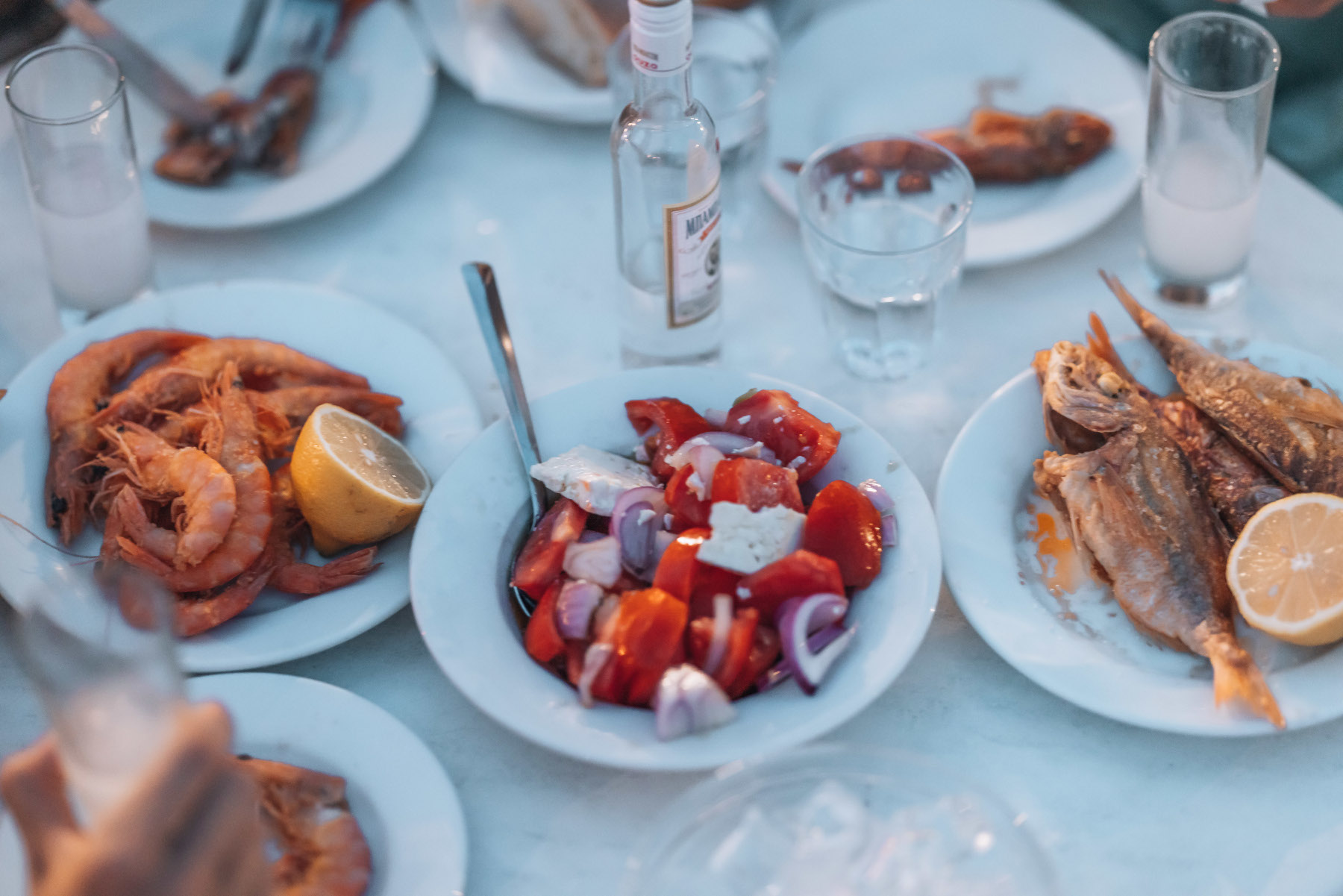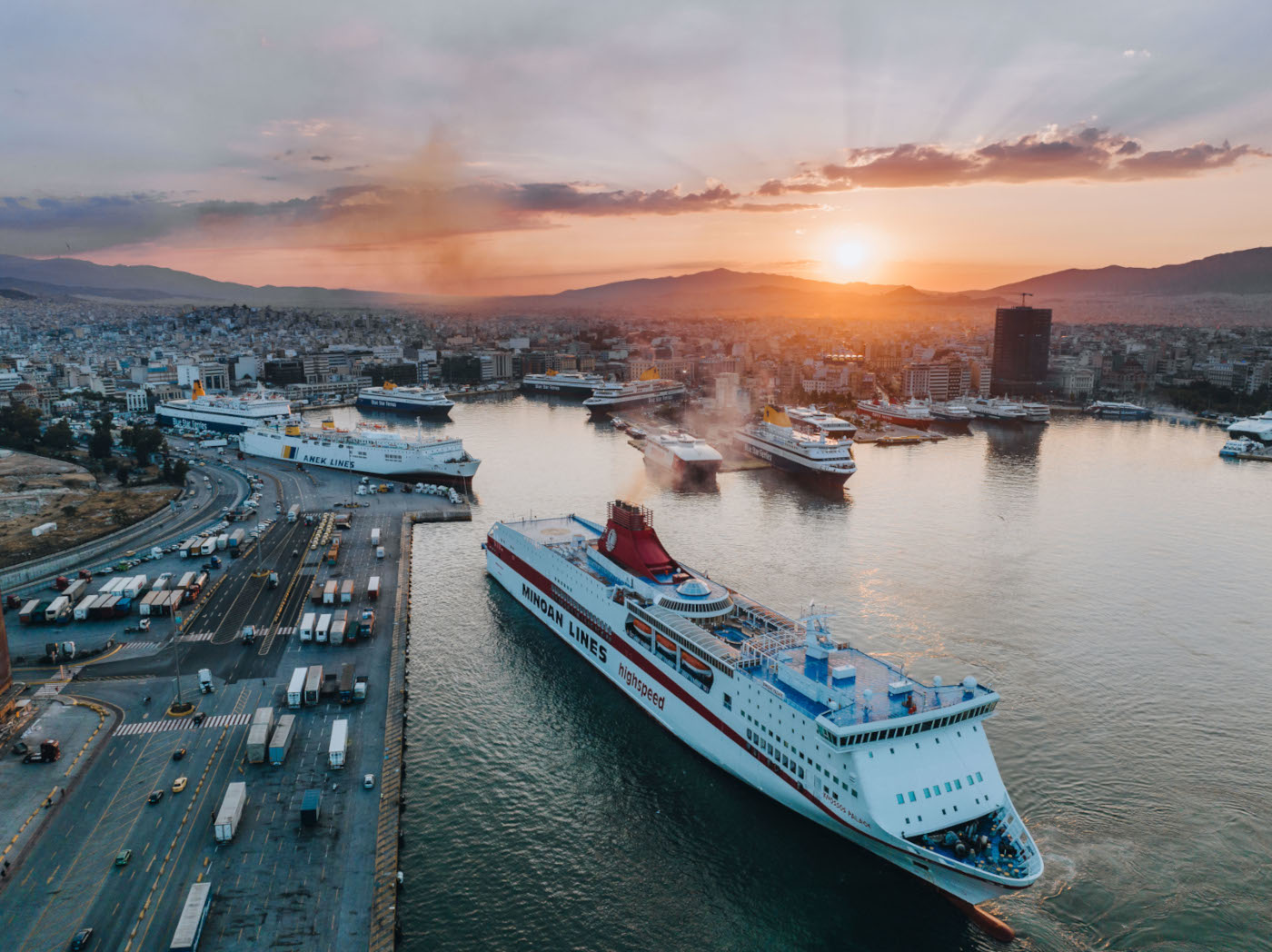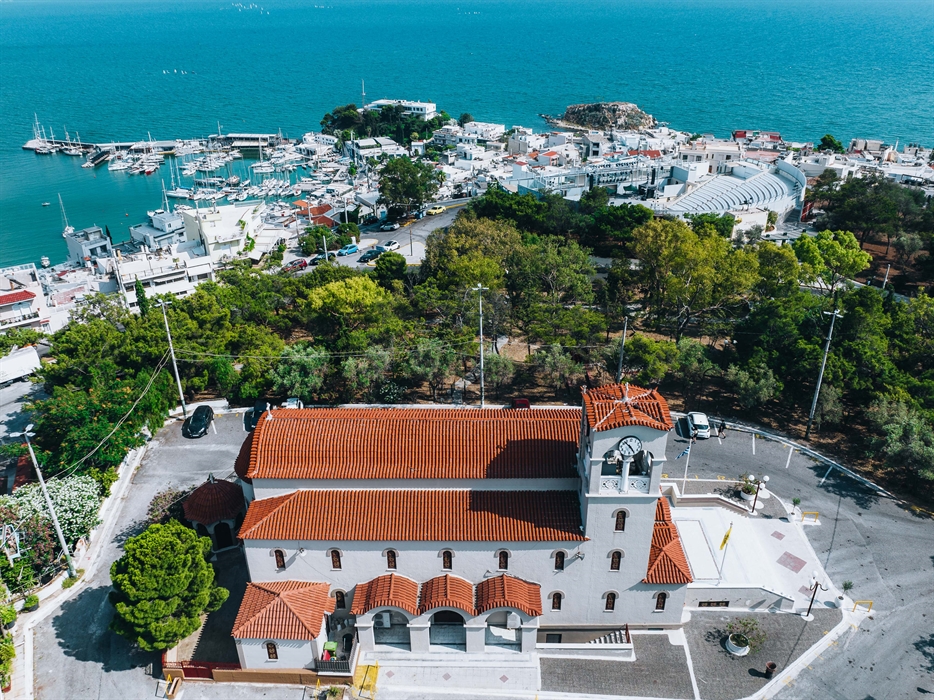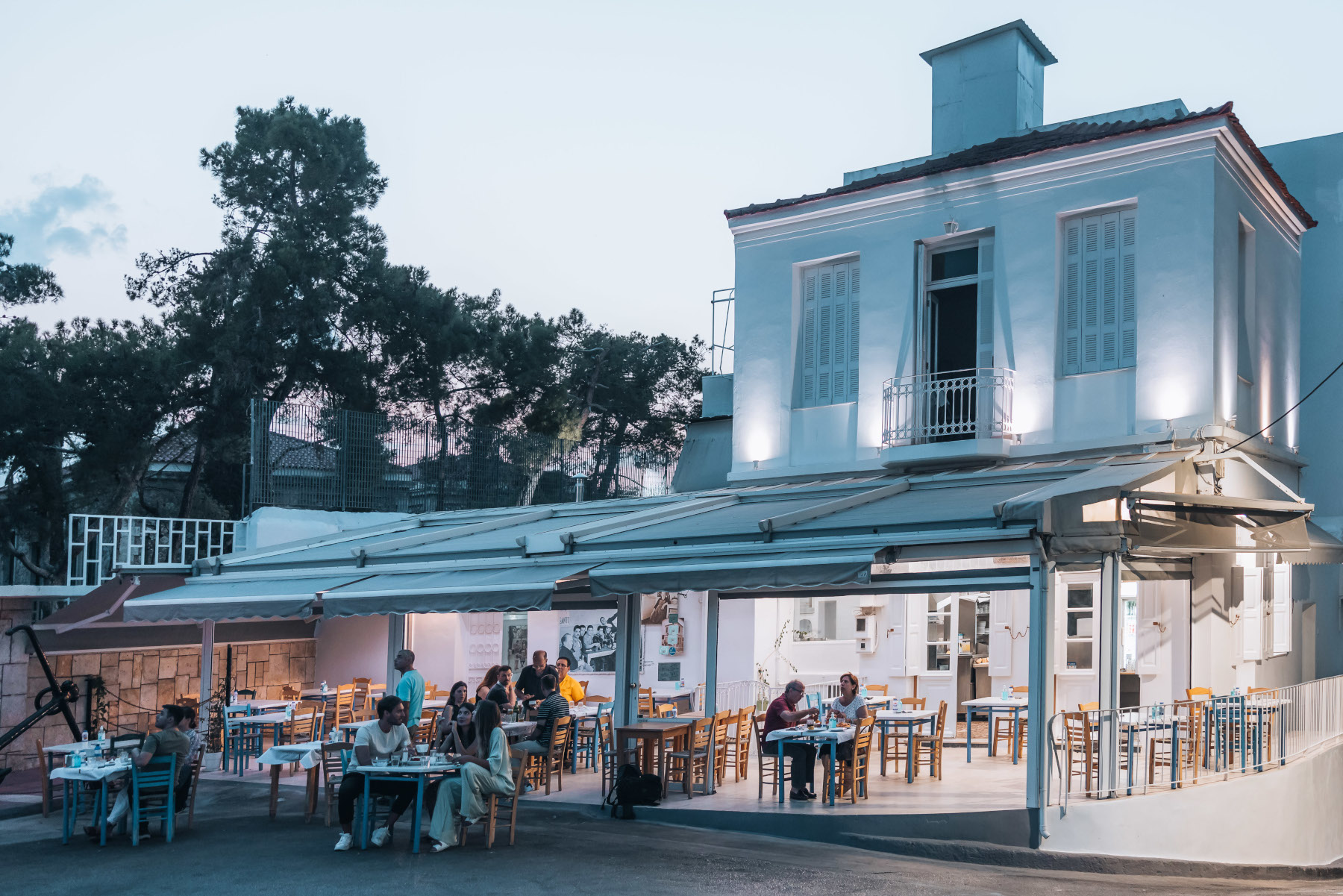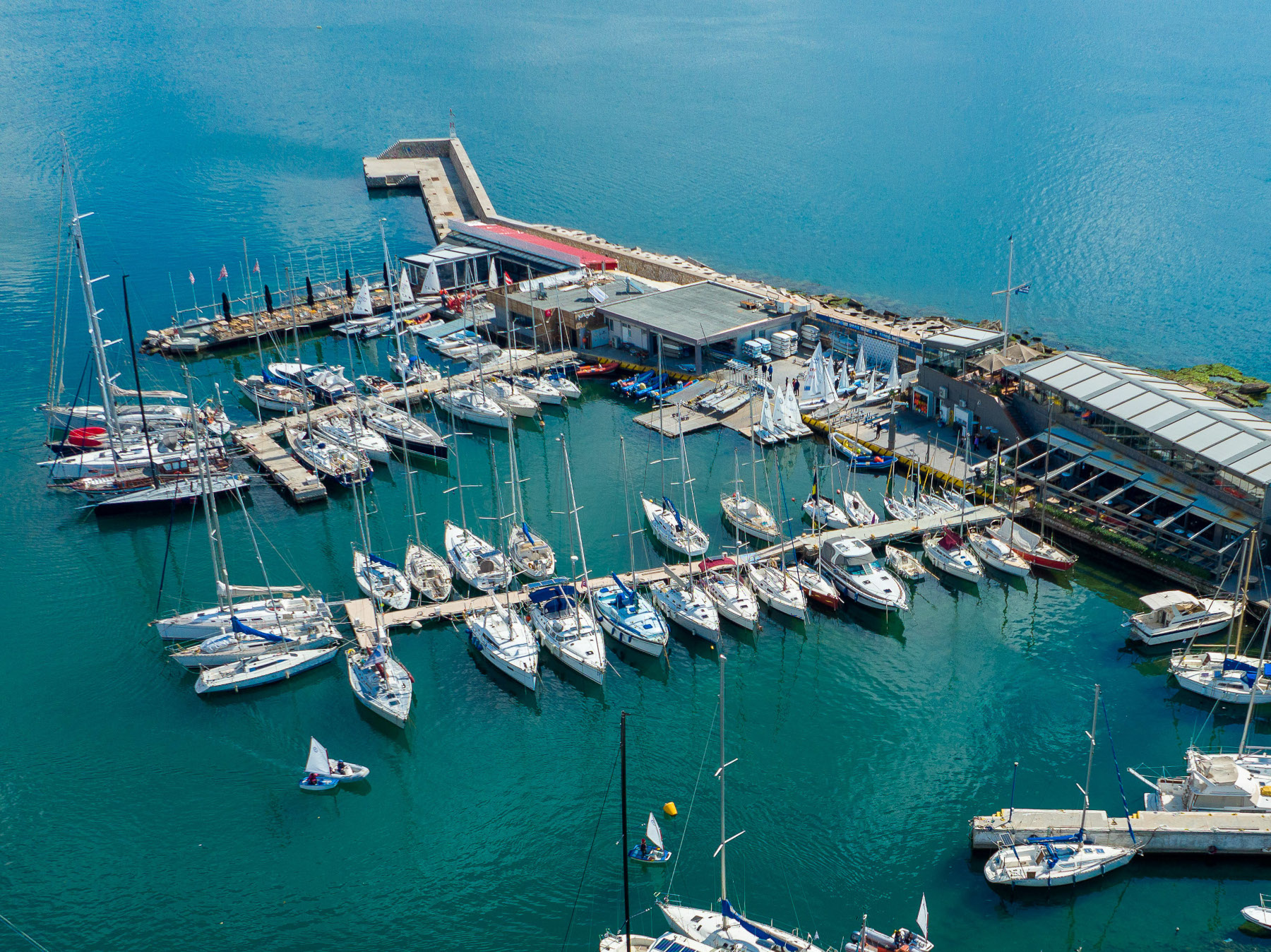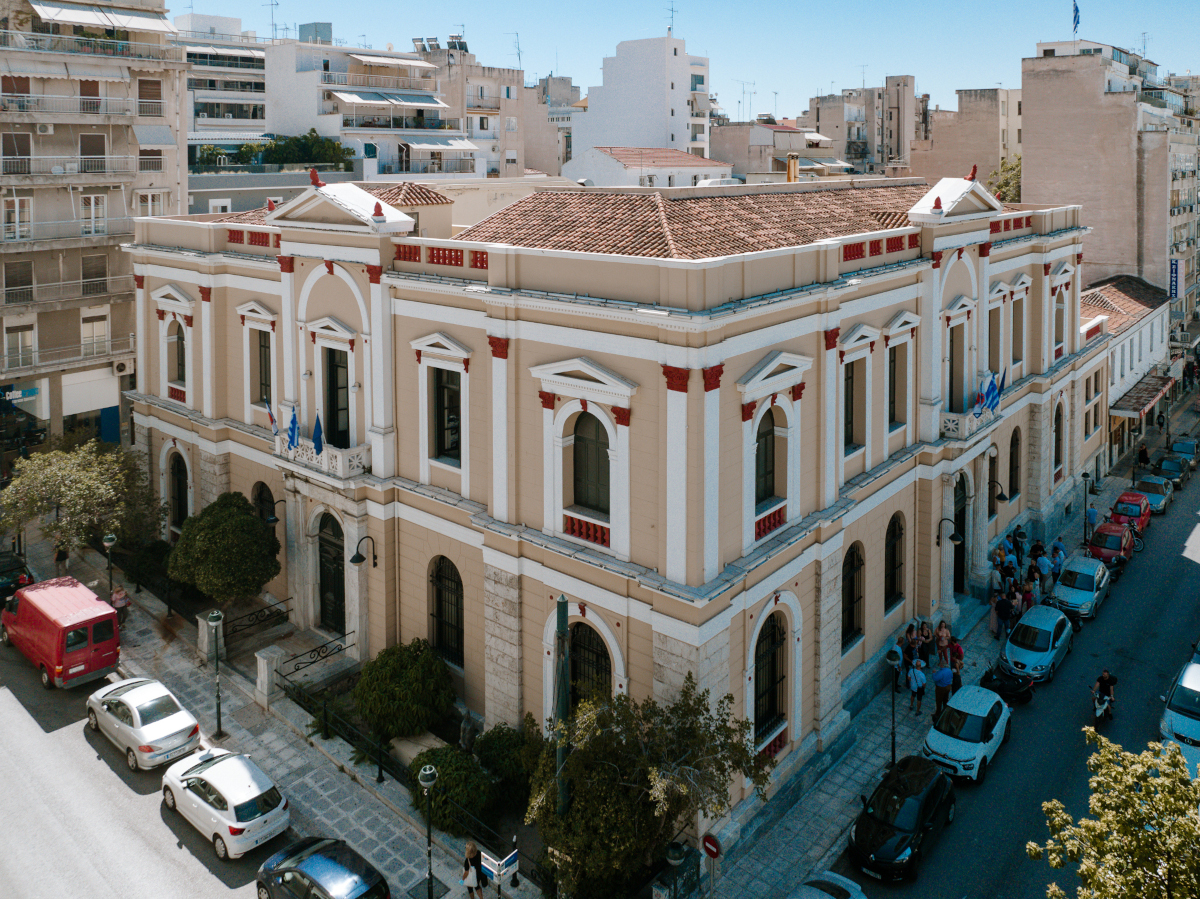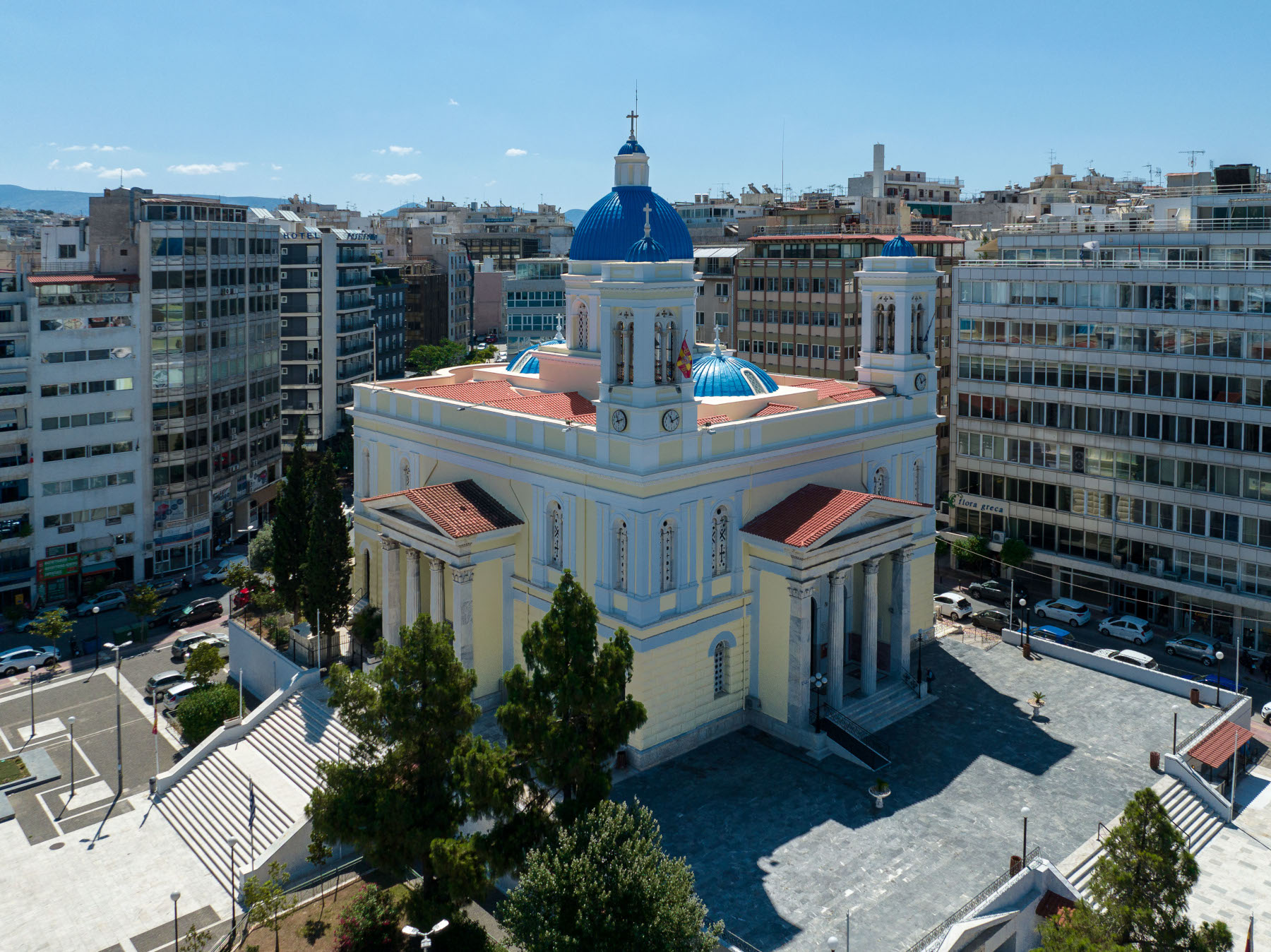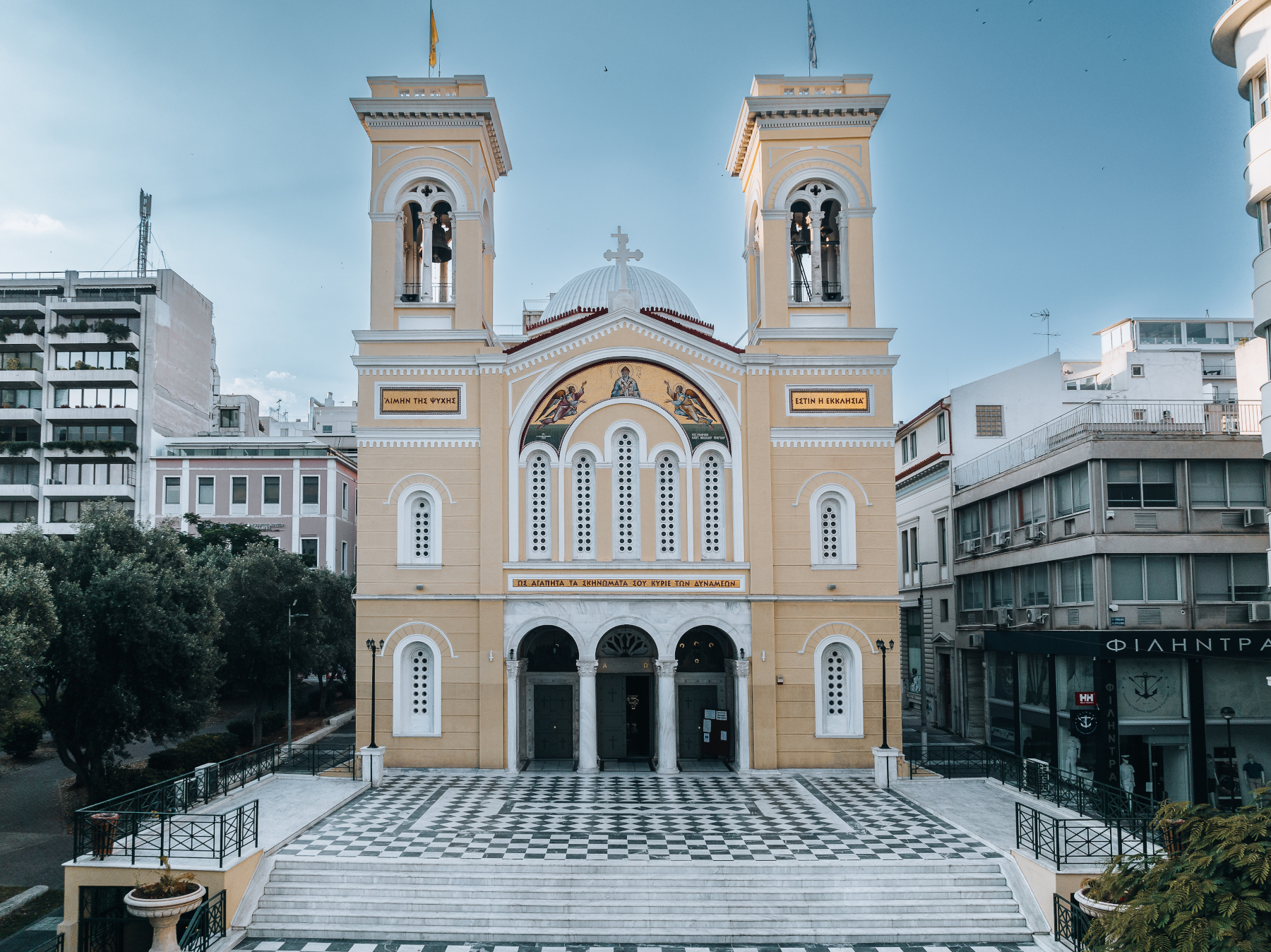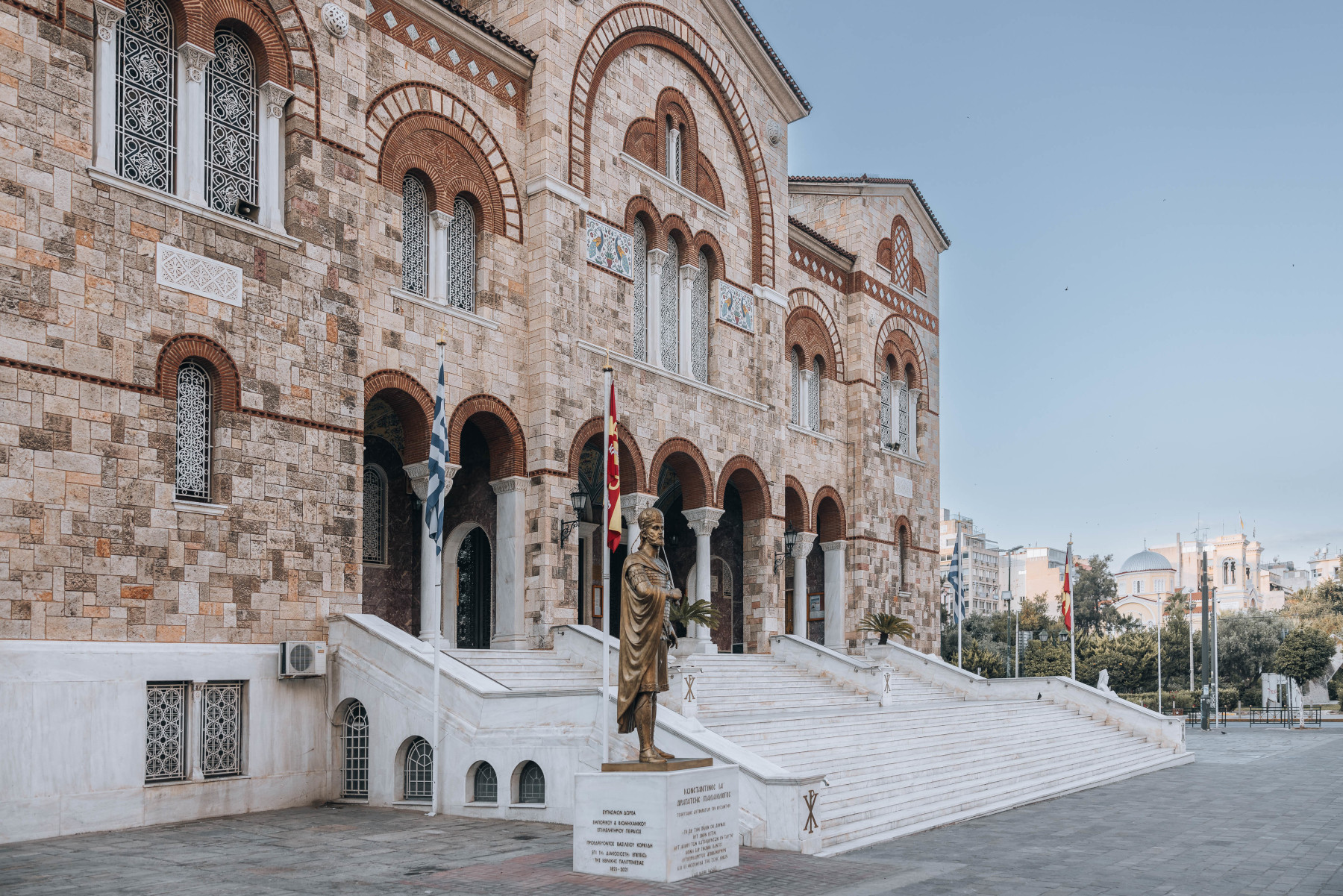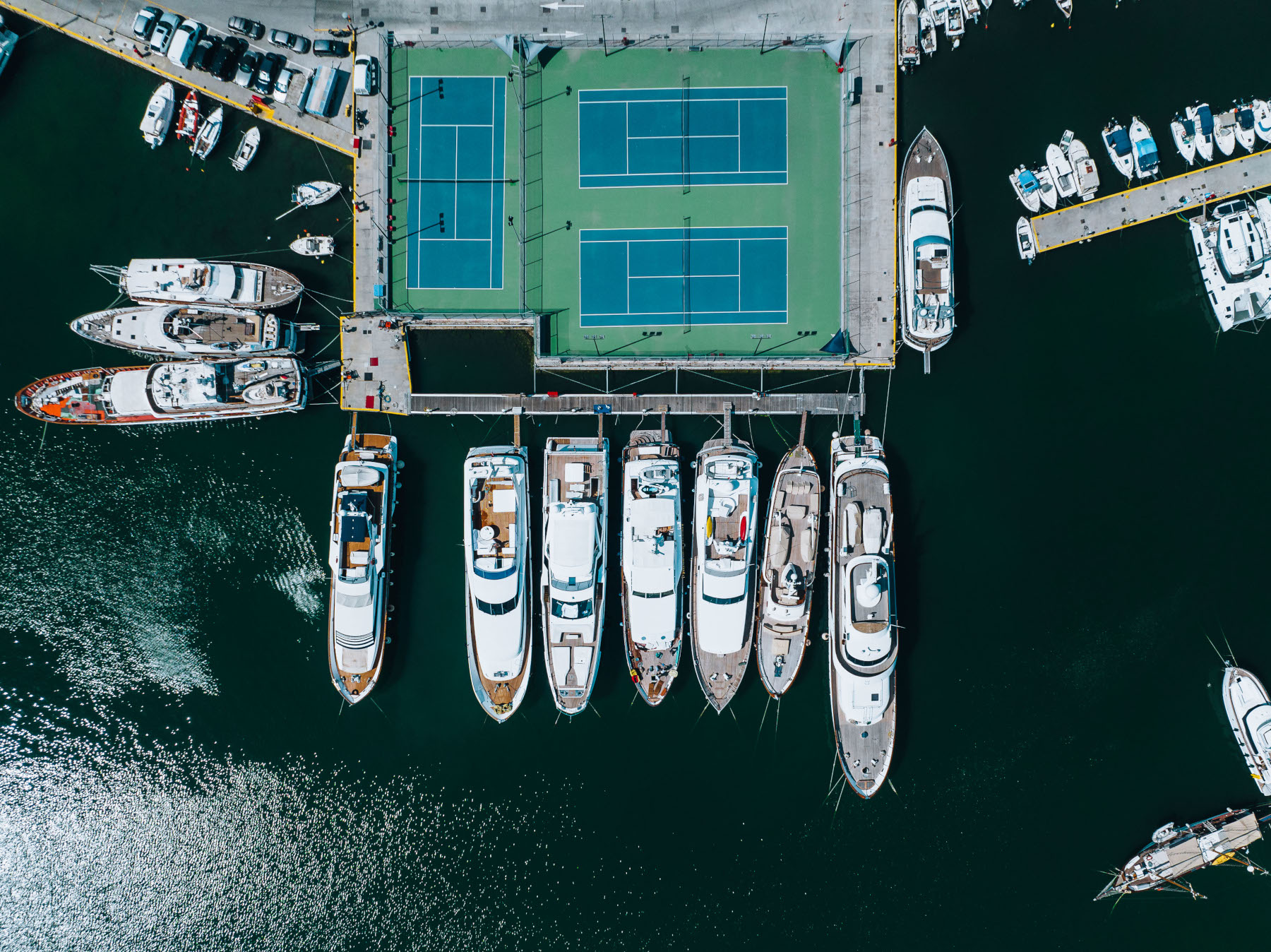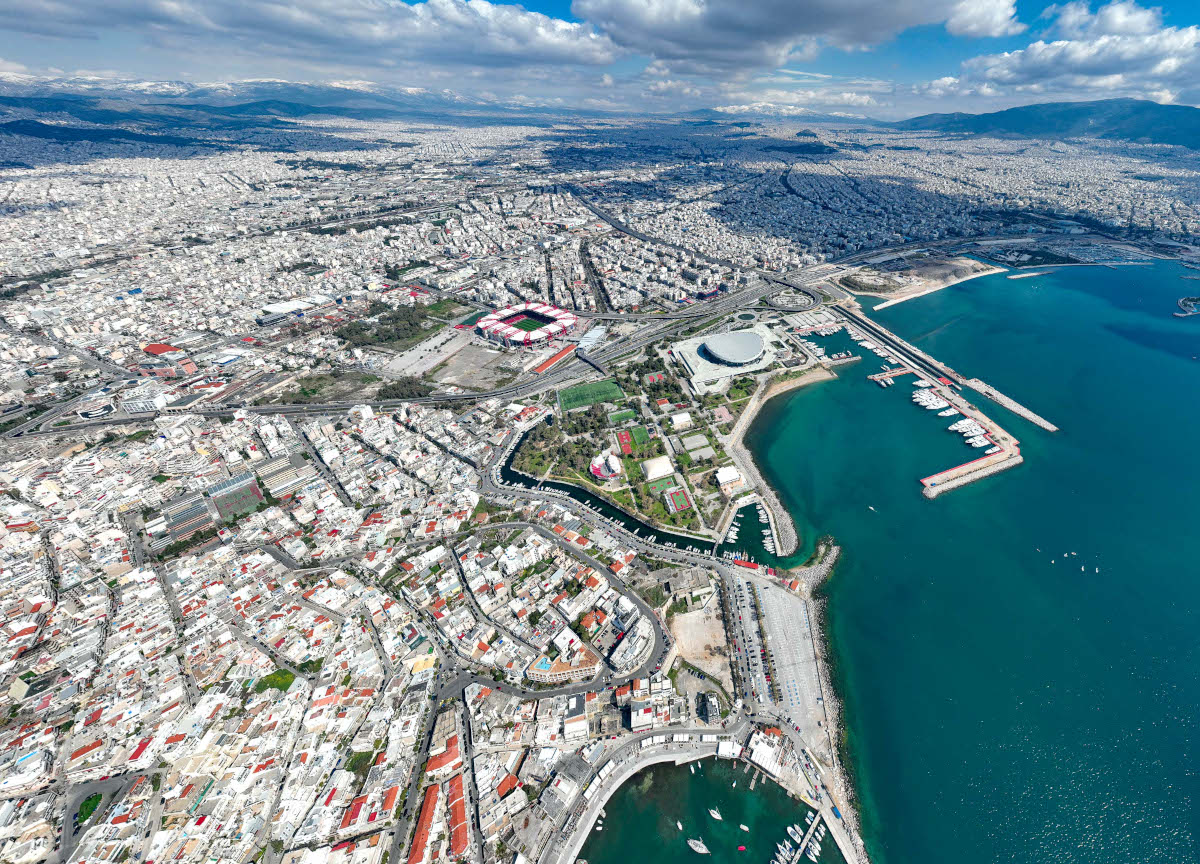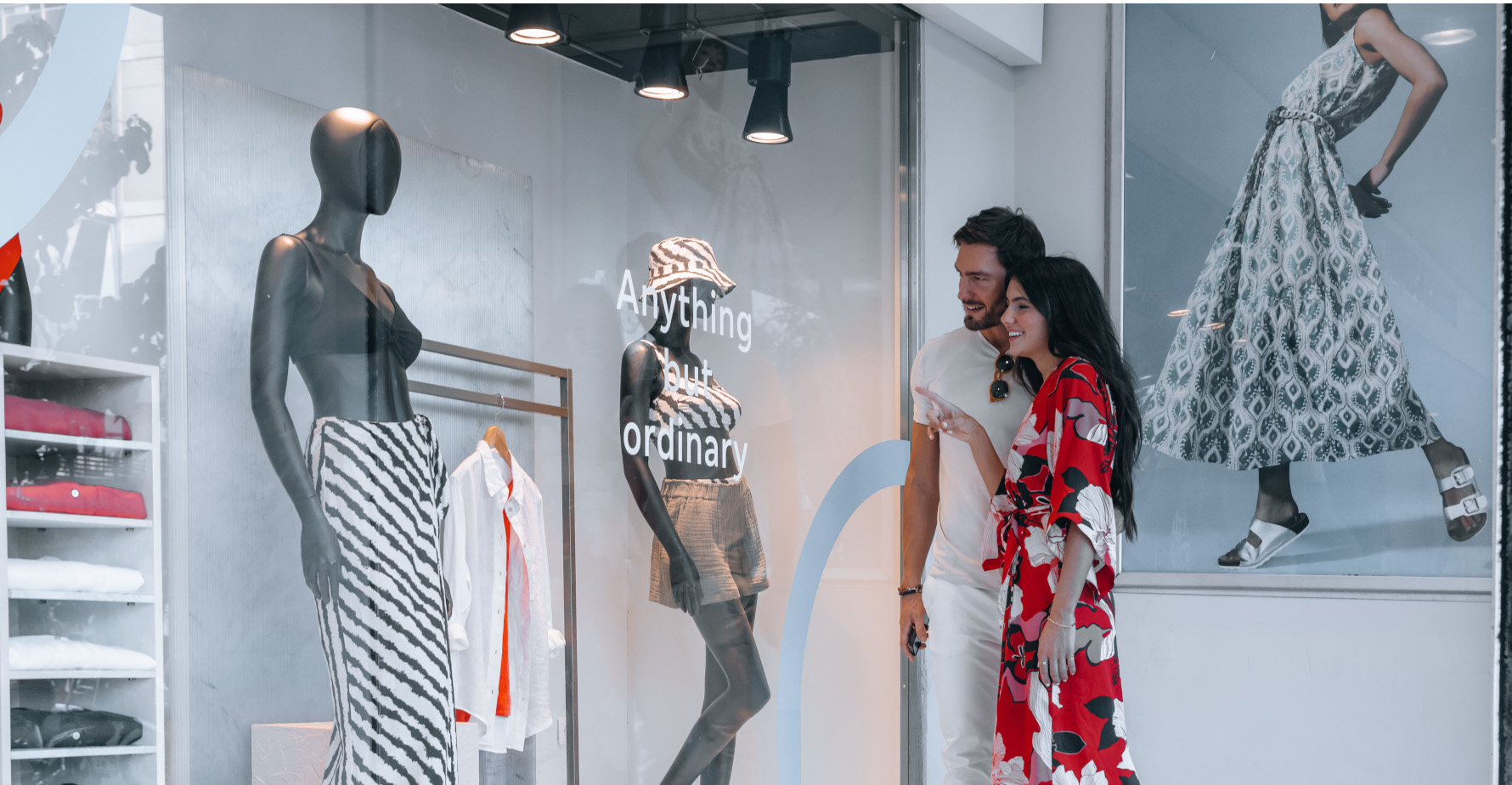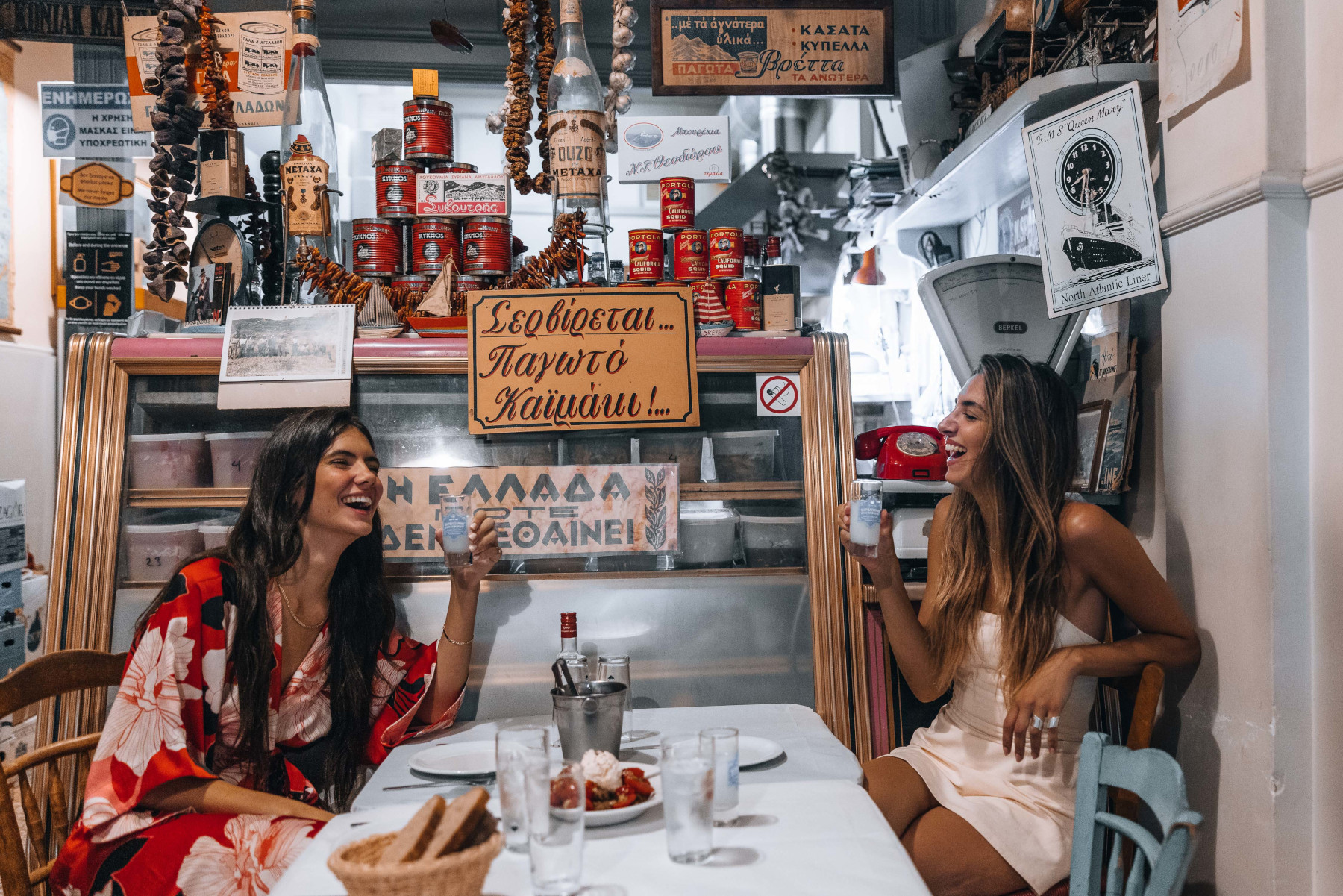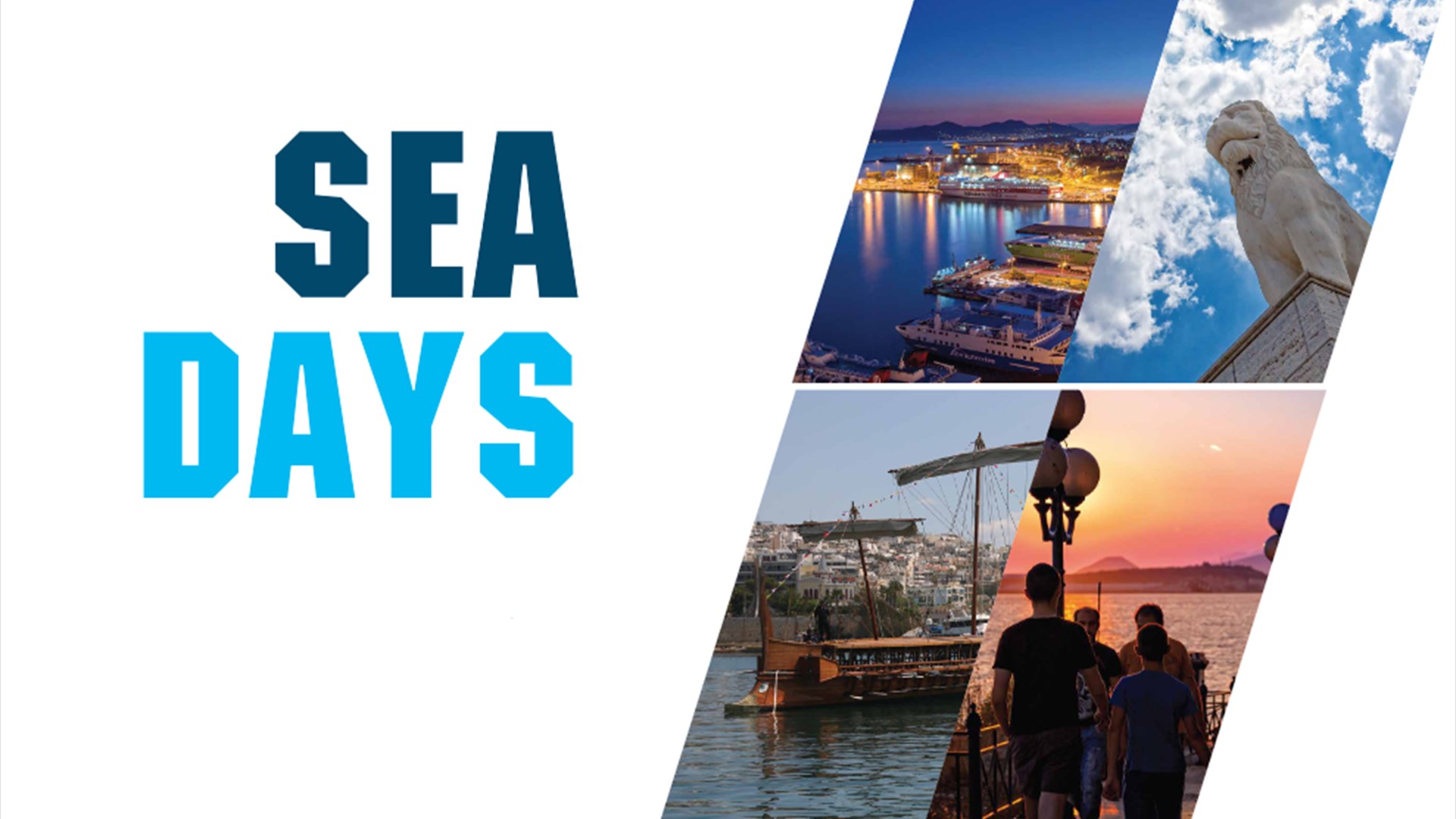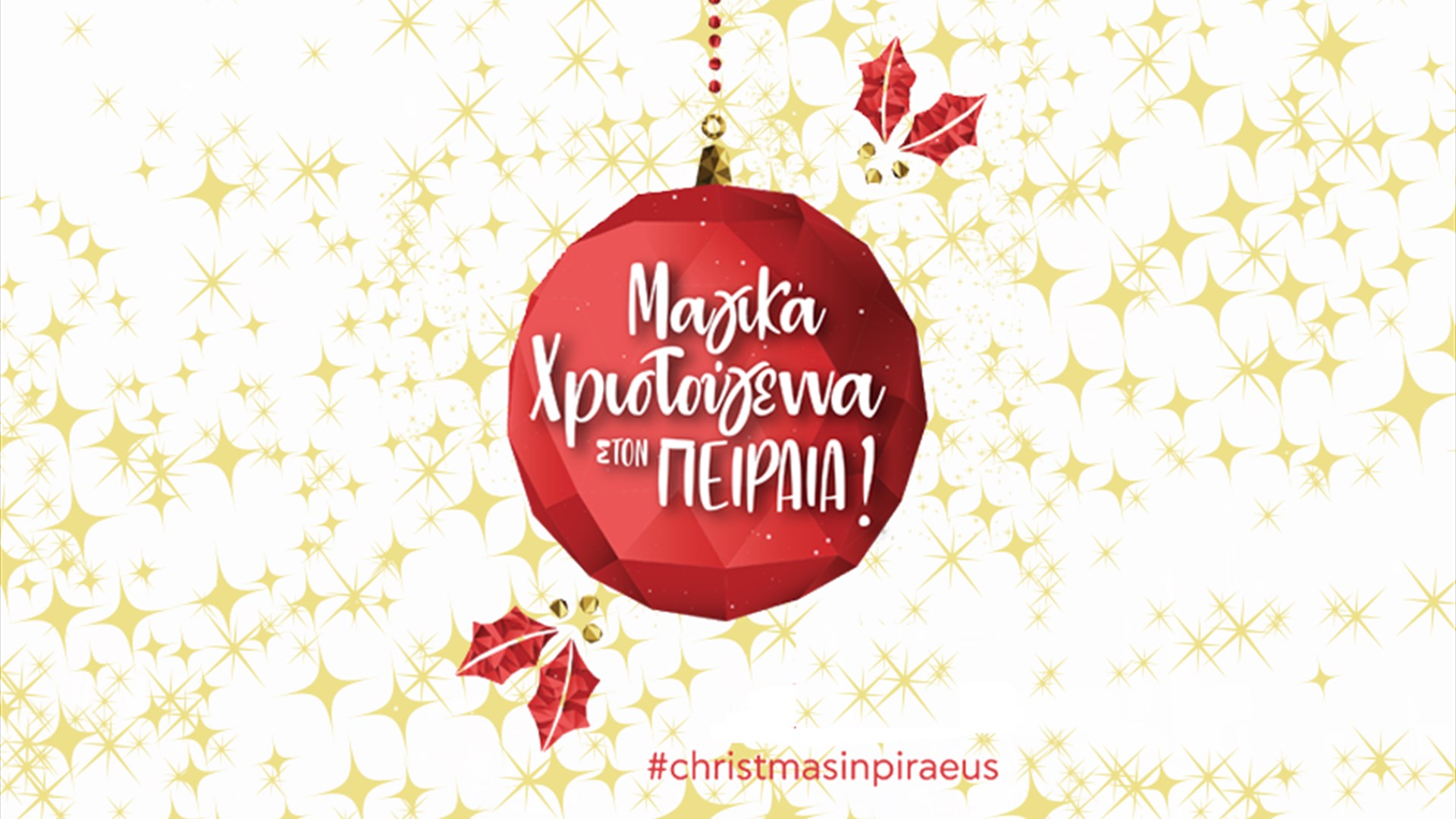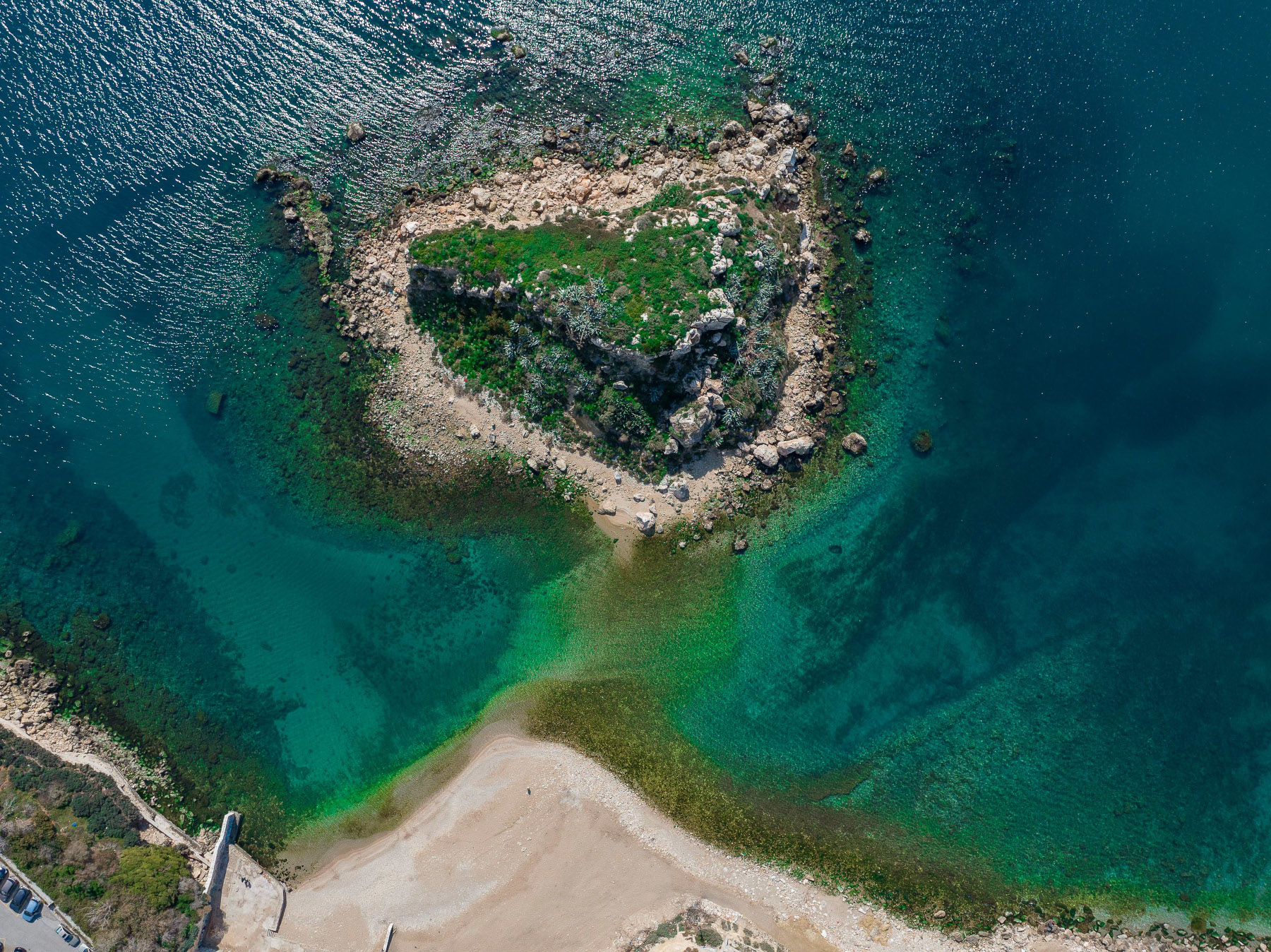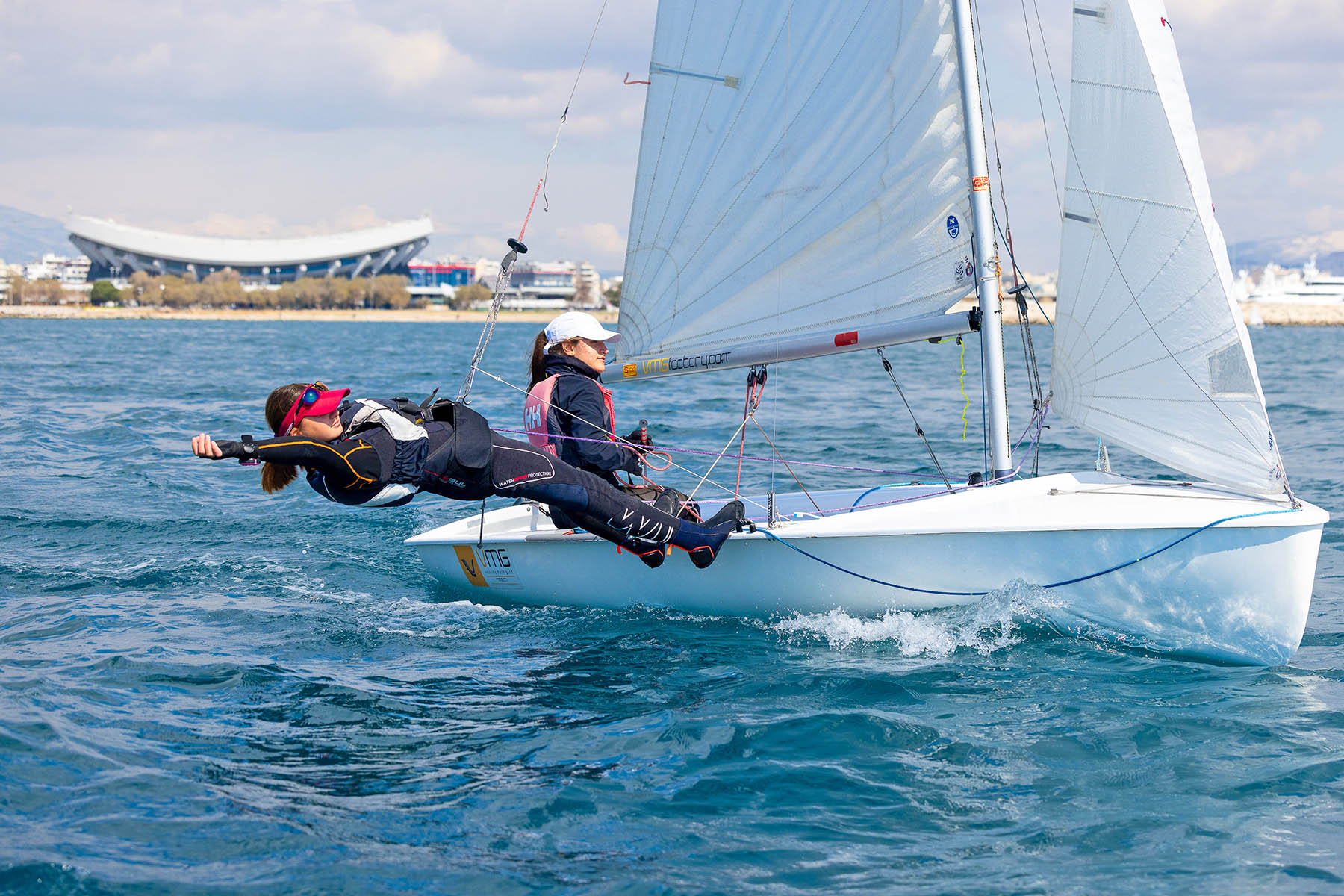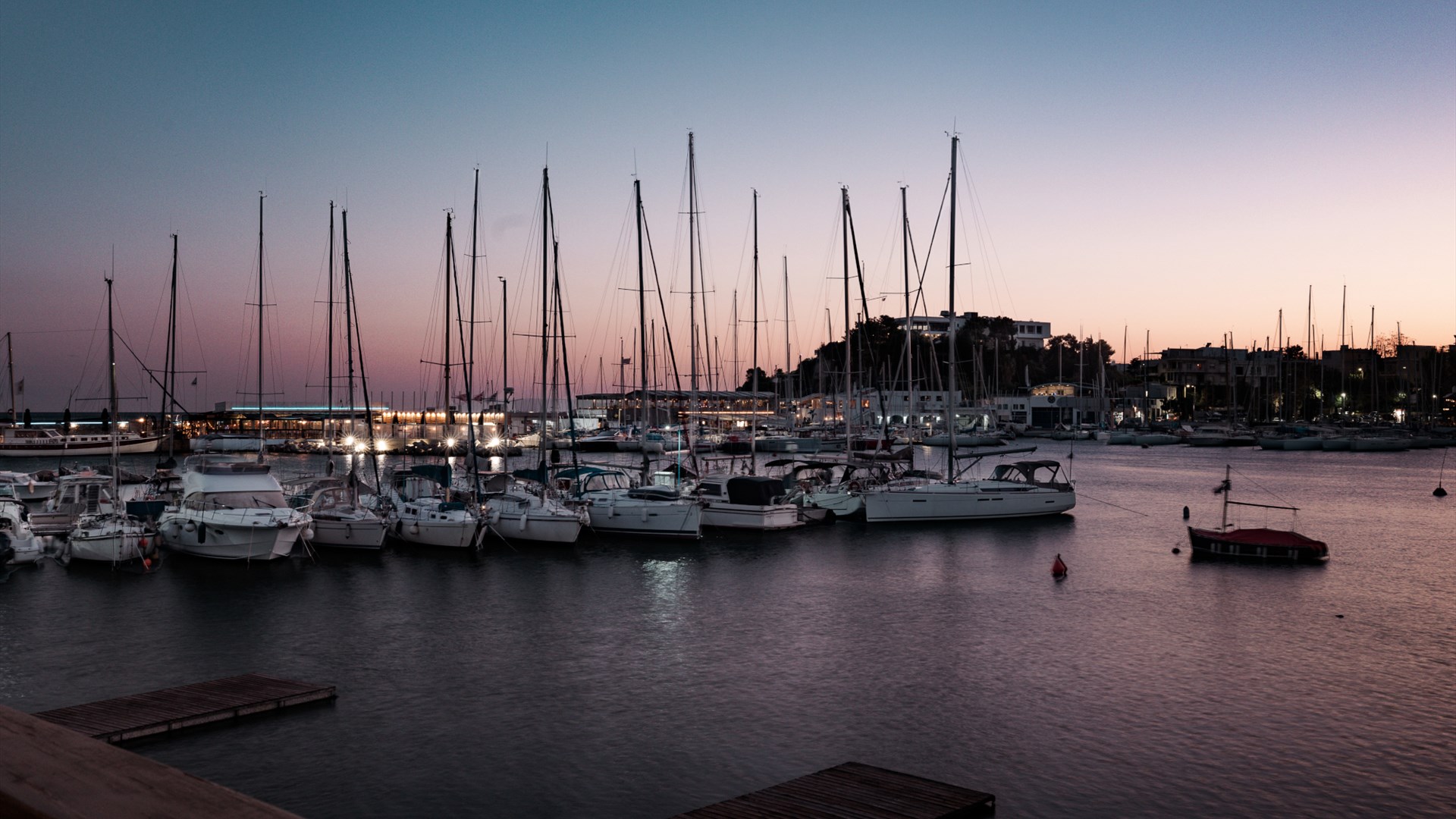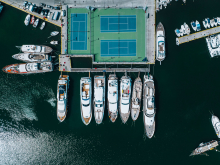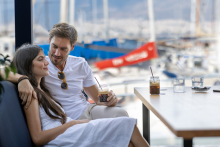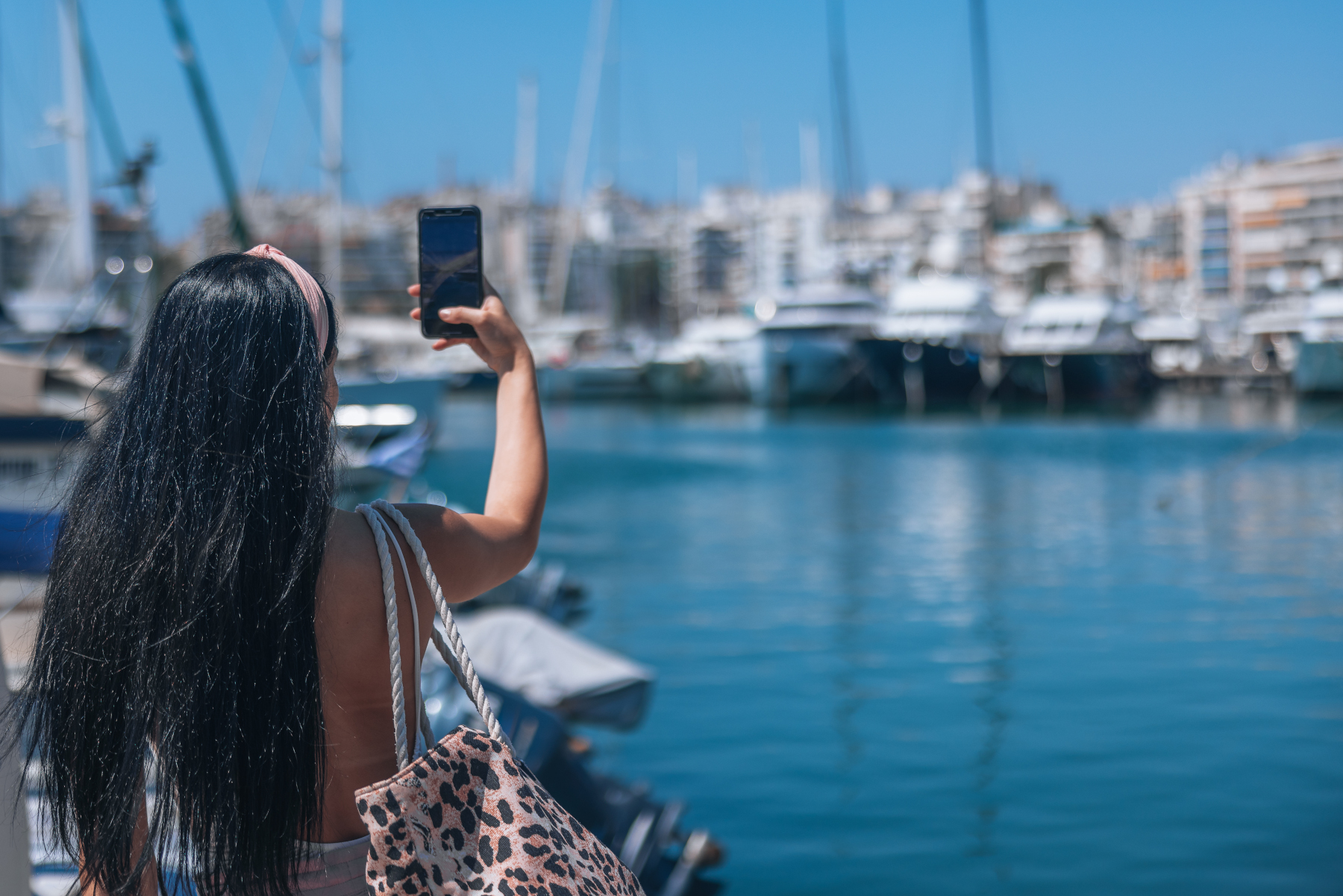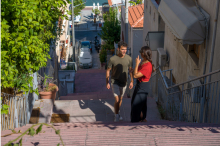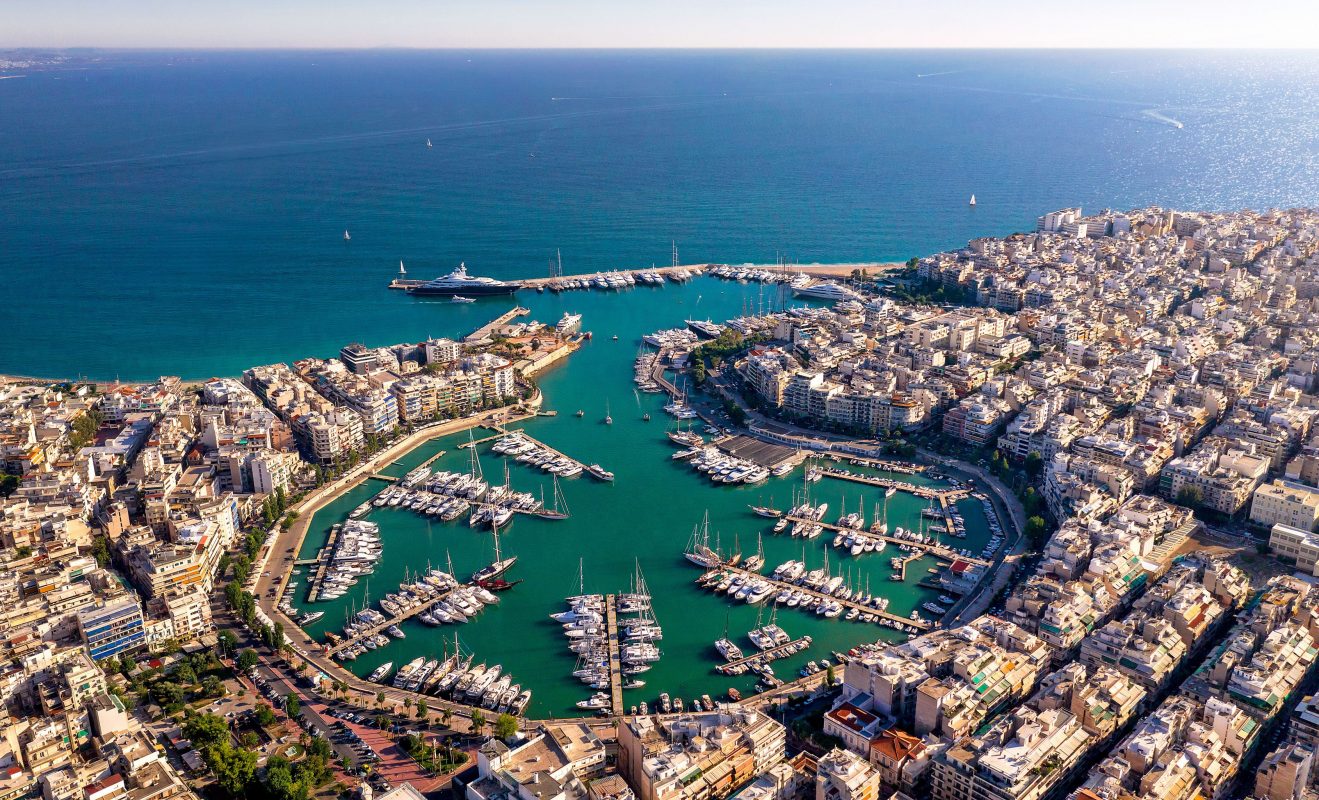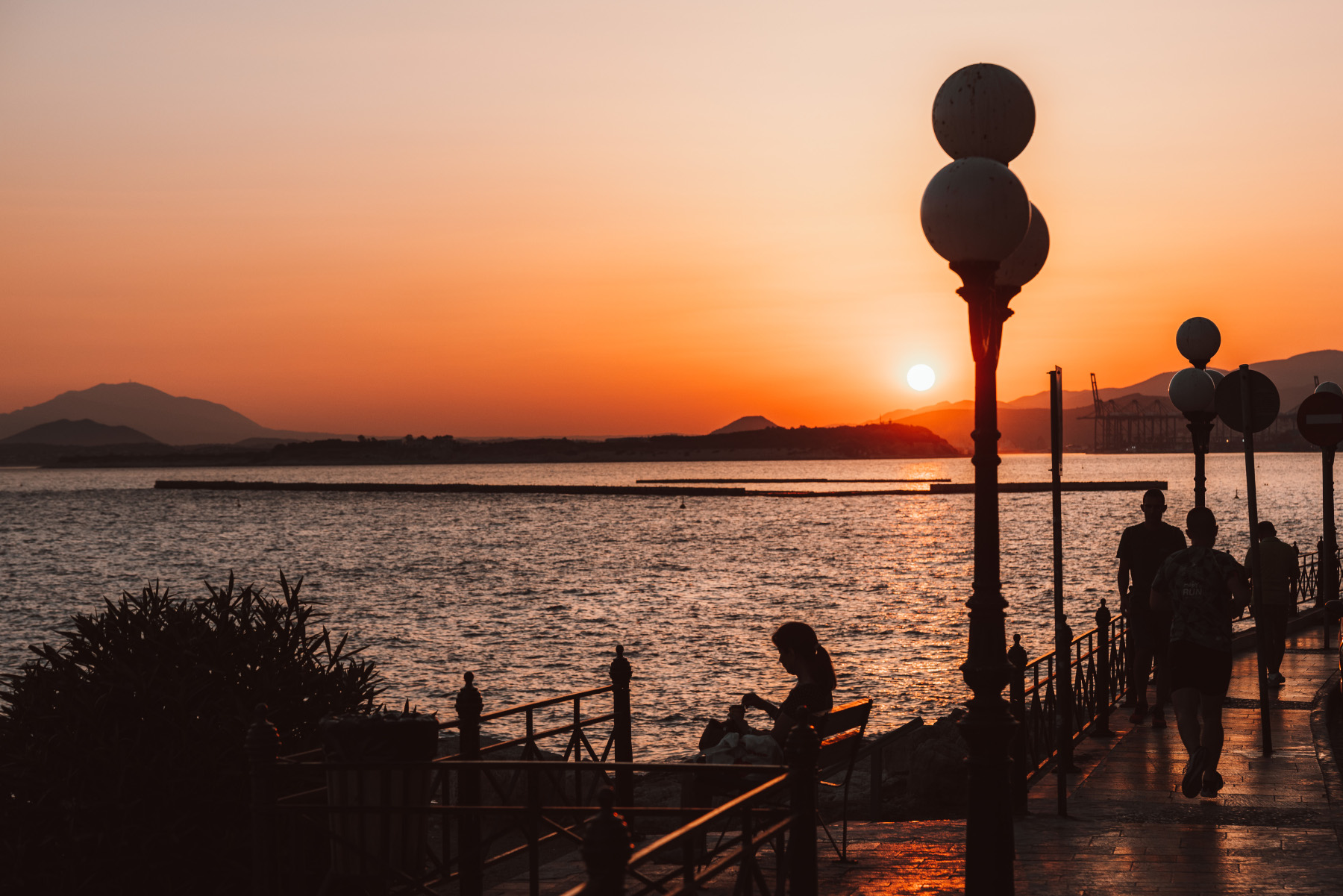Food in Mikrolimano
Food in Mikrolimano
"Where am I, on an island?" You're not the first, nor the last to have asked this question, whether out loud or in your mind! In 2022, Mikrolimano underwent a transformation and, under the mayorship of Giannis Moralis, it emerged as an even more beloved spot for leisure and strolls. A true seaside oasis!
From the terrace of the restaurant where you sit, you look ahead: Fishing boats and sailboats moored at the docks, their masts marking the sky, and seagulls making low flights. Families with children, cyclists, couples hand in hand, groups taking selfies by the sea. Look around you: laughter, conversations, the clinking of glasses filled with ouzo or wine. And those flavors on your table... mmm. Fresh fish, seafood, mezedes, Greek salad.
You're right. The scenery resembles a Greek island, except it's on the mainland. It's located in Piraeus, and it's called Mikrolimano!
Its history is rich (and what landmark in Piraeus doesn't have a history, after all?). If you stand on Vasilissis Pavlou Street, the road that passes beneath Kastella, you'll have the most beautiful view of Mikrolimano, and you'll notice its ovate shape.
In antiquity, it was called the Munichia Harbor. During the time of Themistocles, along with Zea, it became a naval harbor, part of the Piraeus Naval Station. It had shipyards, storage facilities, and ship sheds where repairs were carried out on triremes during peacetime, as well as a wall and two square towers for monitoring the sea and the interior of the harbor (see more in the sections related to the ancient history of the city).
Byzantines called it Fanari, presumably because there was a lighthouse here to guide ships. After the Revolution of '21, it was renamed Tourkolimano. Later, it was named Koumoundourou Harbor, named after Alexandros Koumoundouros, the famous politician who served as the Prime Minister of Greece ten times, who built a grand mansion here in the mid-19th century, on the hill at the edge of the bay.
In the late 19th century, near the Koumoundourou mansion, other structures were built with a view of the harbor. There were wooden platforms where fishermen and their families would sit to fish and cool off, moored fishing boats, and some taverns or coffeehouses. The refugees who came from Asia Minor after 1922 changed the scene, building huts and shacks next to each other - a refugee settlement like others in the Piraeus area (Nea Kallipoli, Hatzikyriakeio). It was the second refugee settlement in the broader area, as in 1869, Cretans who participated in the failed revolution came to settle in Kastella.
In 1930, the state built small houses with tile roofs for the refugees and the fishermen. Many of these can still be seen today, renovated, perched above the bay, completing the postcard of Mikrolimano.
Tavernas by the water! For older Piraeus residents, the images presented by Mikrolimano, with its row of restaurants and cafe-bars along the waterfront, remind them of the early '50s. They might also remind you of the fishing harbors in the Aegean that have remained untouched by tourism. Back from the 1980s until today, that is.
Appointments are now made in renowned and award-winning (some even Michelin-starred) restaurants in Mikrolimano. The menus include dozens of Greek and Mediterranean dishes, with an emphasis on seafood and exquisite seafood dishes, gourmet plates, and even vegan options. Fine wines and desserts complete the experience.
Add to this the coffee and drinks with music in the establishments with a sea view, which keep the beautiful harbor lively late into the night.
Recently, Mikrolimano changed its appearance, thanks to the works of the Municipality of Piraeus that elevated it and made it an even more beloved spot for leisure and strolls. A true seaside oasis!
Ancient Munichia
The monuments and buildings of ancient Munichia were truly impressive. First and foremost was the sanctuary of Artemis Munichia, which became one of the most important in ancient Attica during classical times. It must have been founded much earlier, around 1000 BC, and continued to flourish in the geometric period in the 7th century. Life-sized statues, vessels, ceramics, jewelry, and inscriptions were discovered in rescue excavations, which you can see at the Archaeological Museum of Piraeus. The sanctuary was located on the southern side of the harbor, on the peninsula where Prime Minister Alexandros Koumoundouros built his mansion in 1935. Later, the area was sold to the Hellenic Yacht Club. What remains of the sanctuary is part of the walls that surrounded it and a small section of a circular tower.
In honor of Artemis, the Munichia festival was organized every year, which was the most important celebration in the city, featuring sacred ship races and sacrifices to the goddess. Near the temple of Artemis, there was also that of Bendis (or Hecate, a Thracian goddess), in honor of which the Bendideia were held. The other significant monument was the ancient theater of Munichia, facing Kastella (where Karaoli and Dimitriou, Neorion, and Muson streets meet today). There, plays by tragic and comic authors were performed. An effigy of Bacchus stood nearby, and in the area, tombs and an ancient quarry were found. The theater no longer exists.
Information…
For more information, check the Routes section.
It's worth admiring old photos of Mikrolimano here.
Location
Find the destination on the interactive map below. See on the map.



